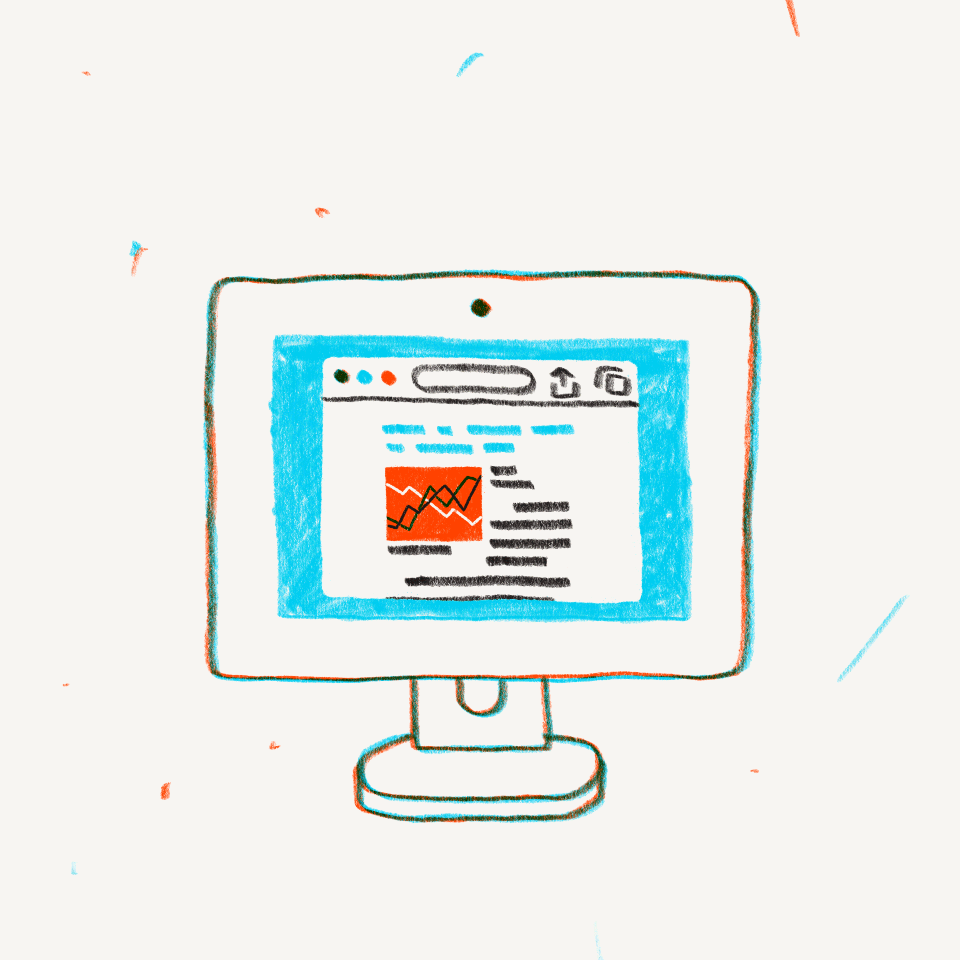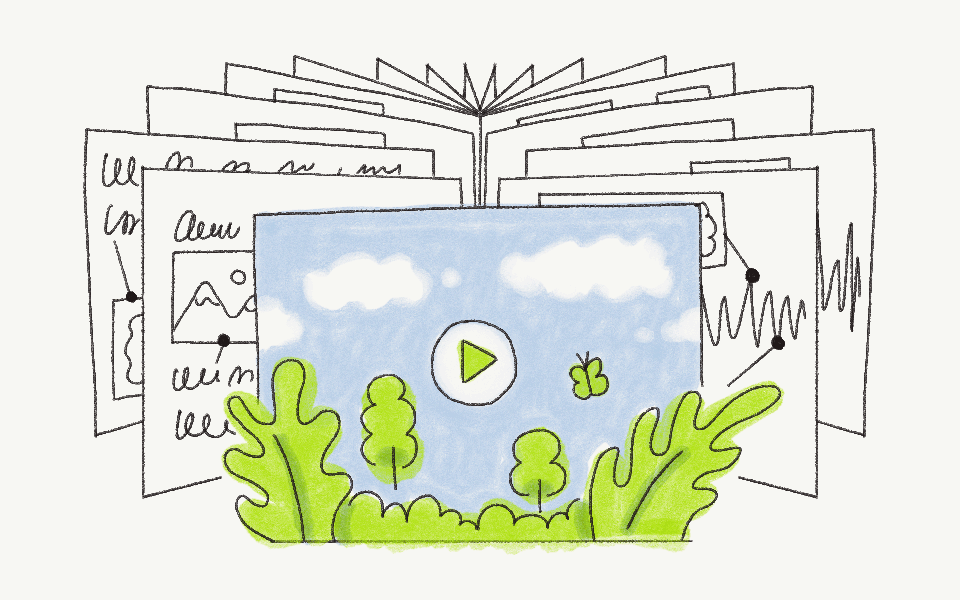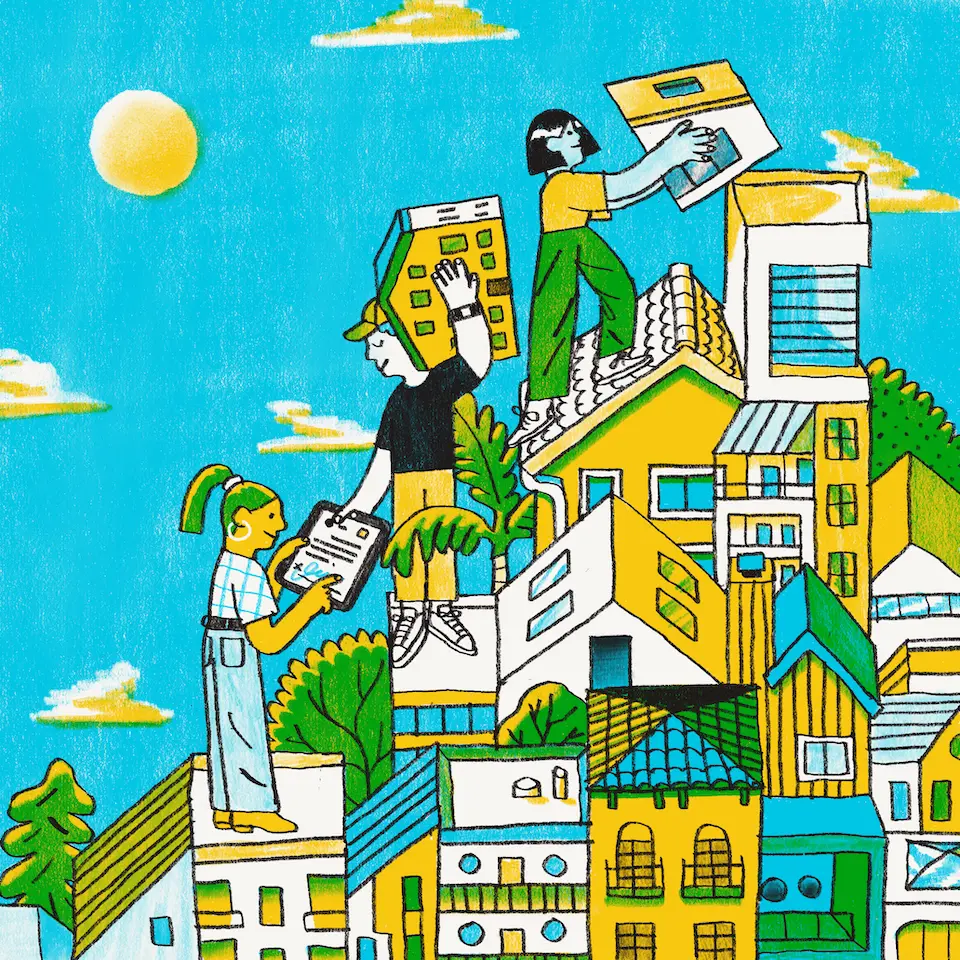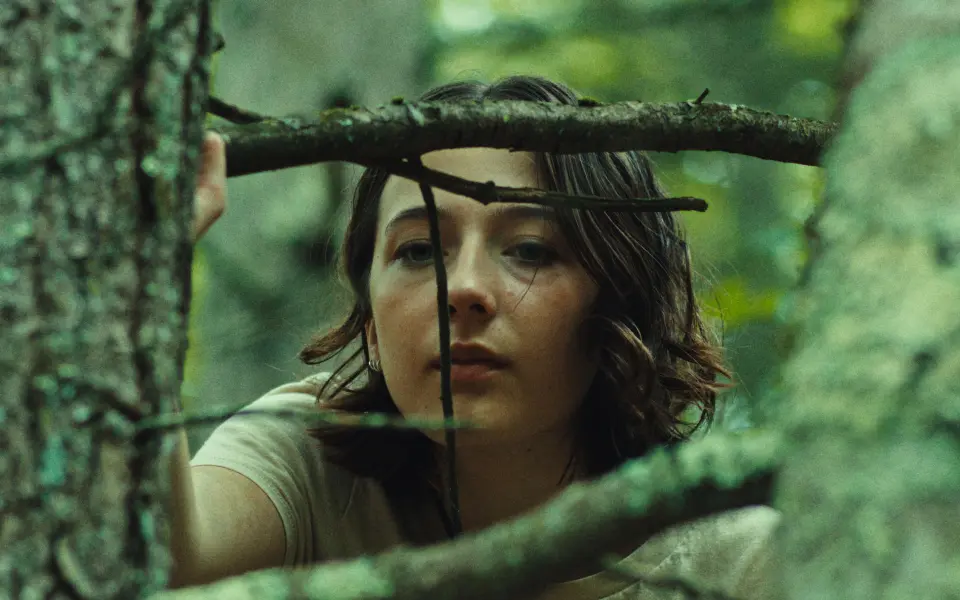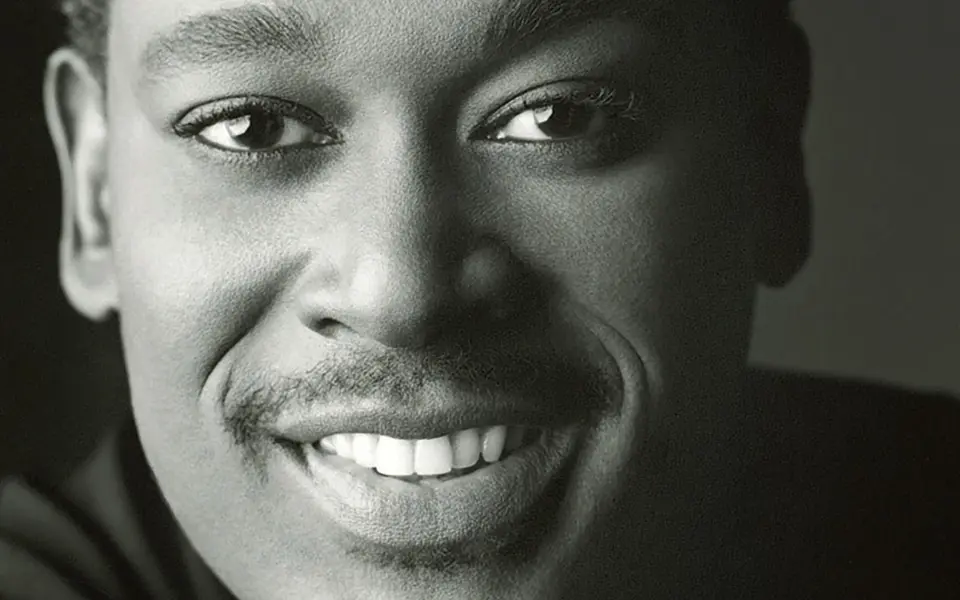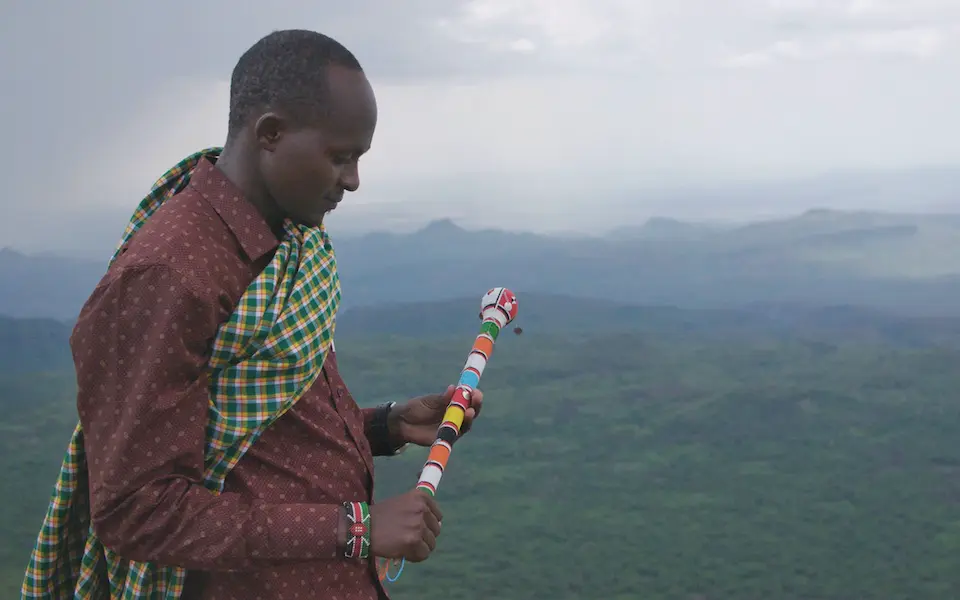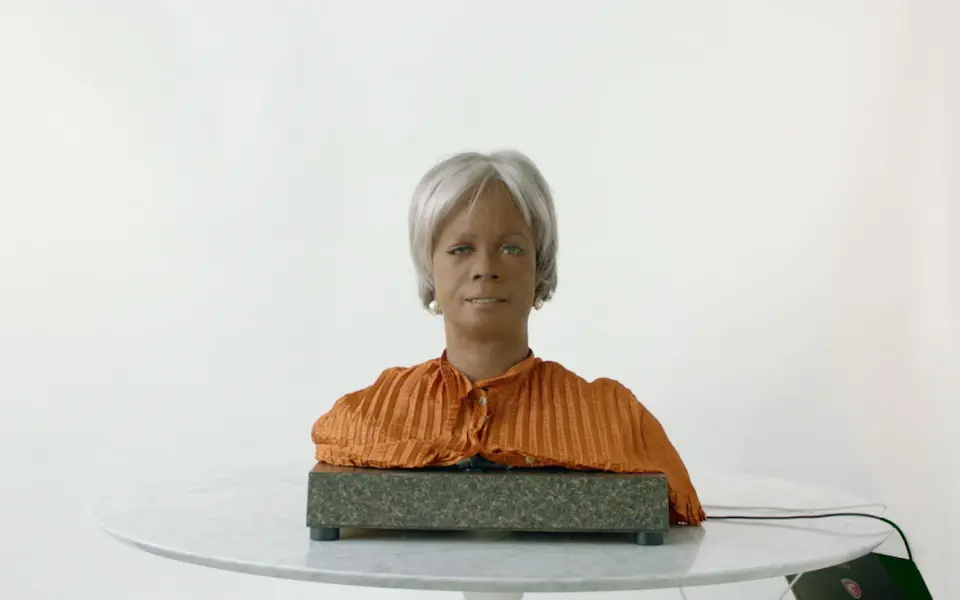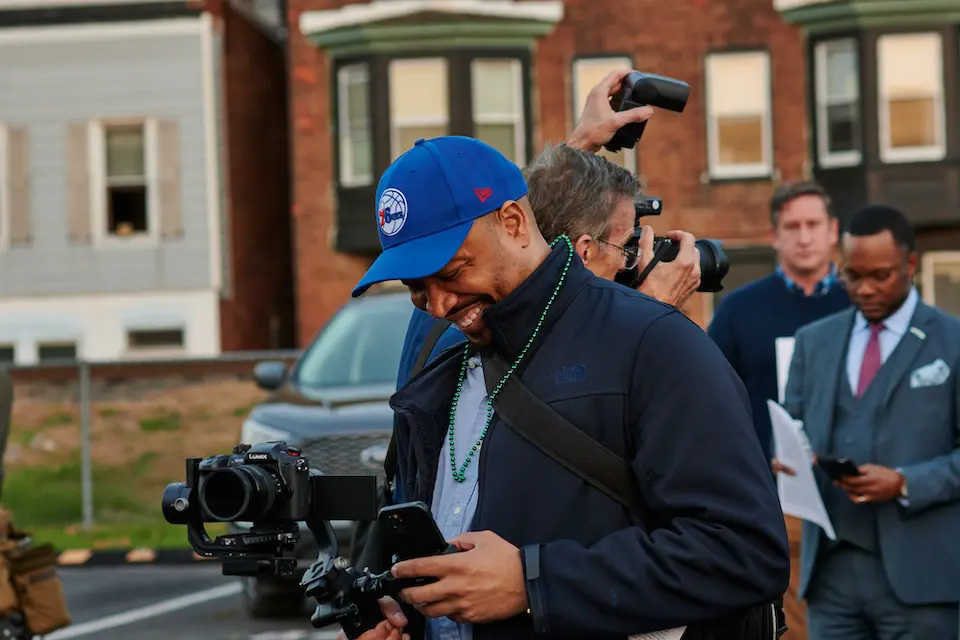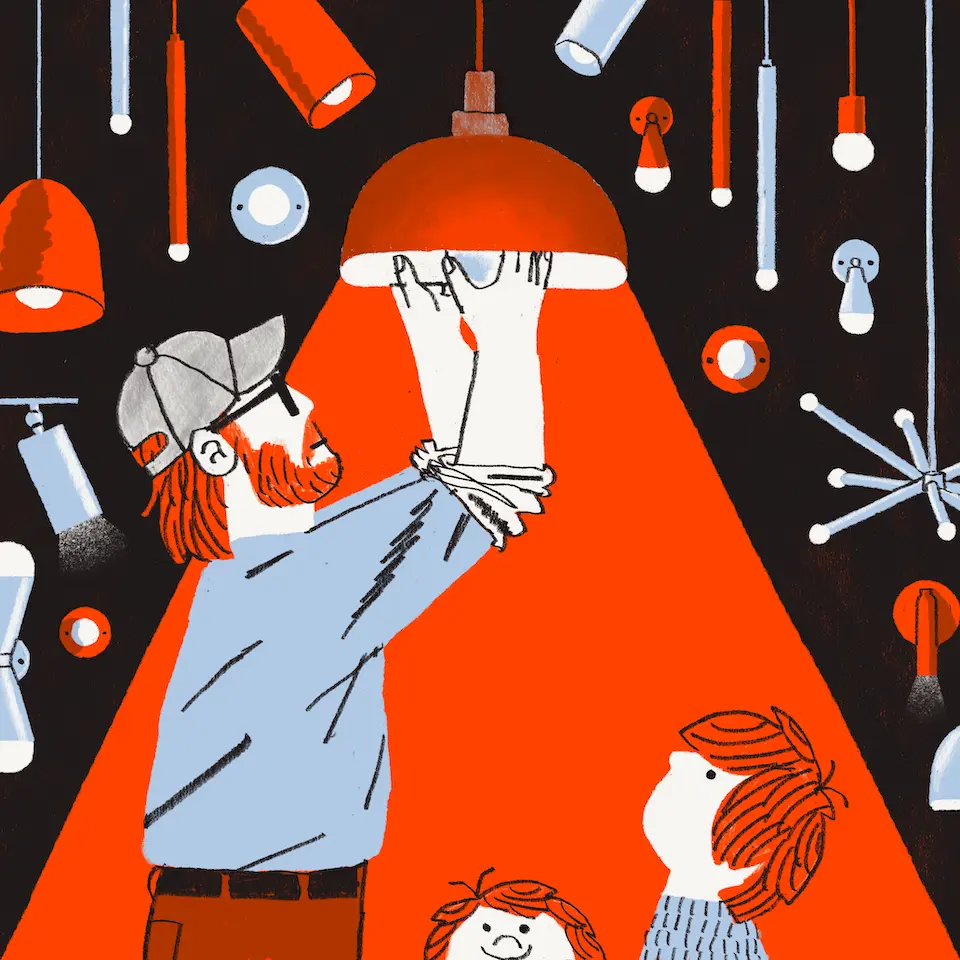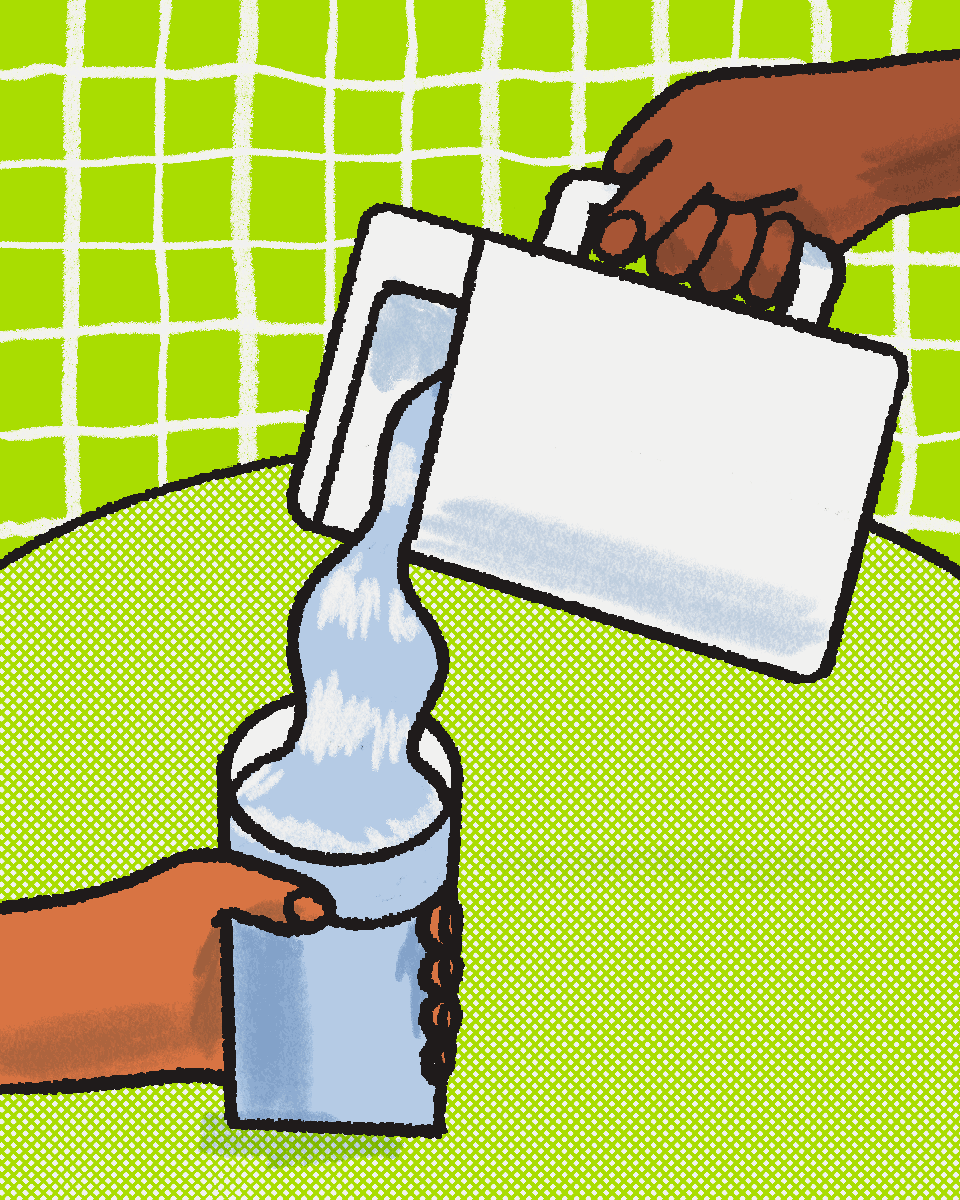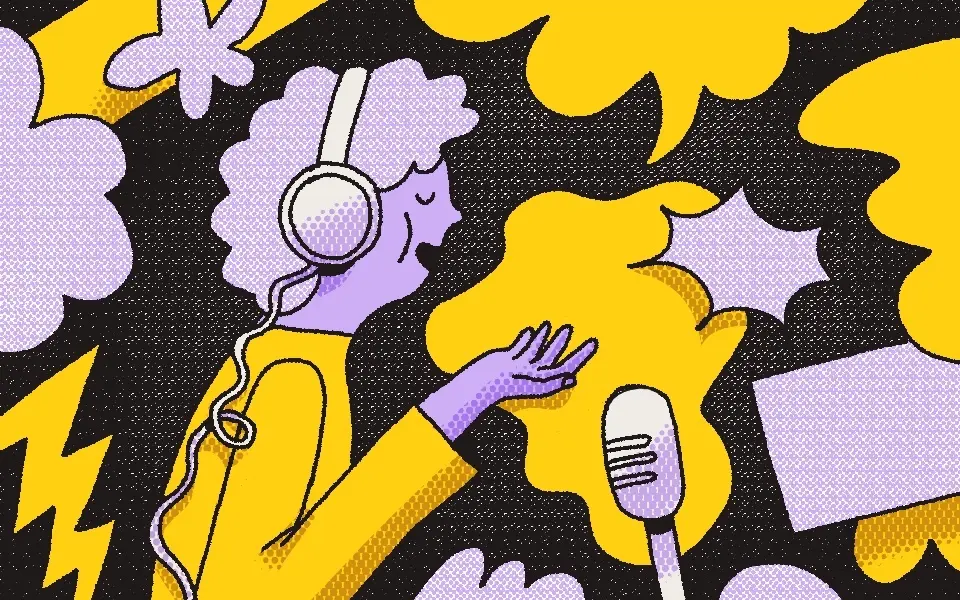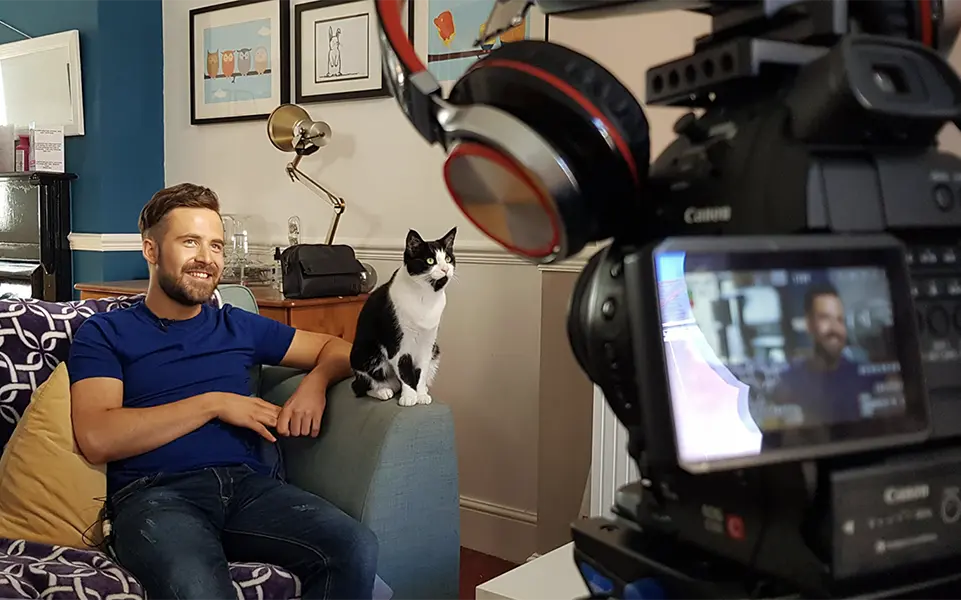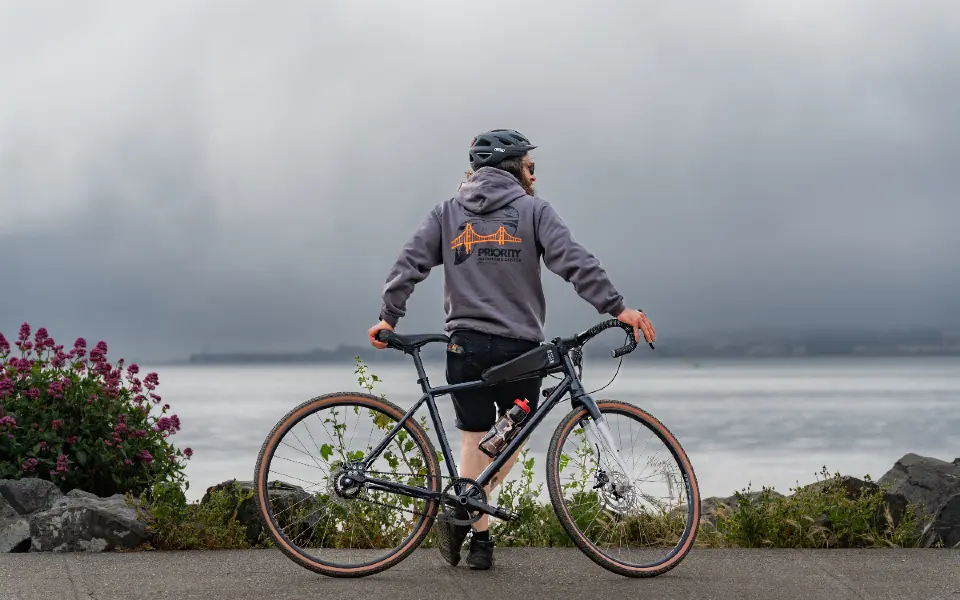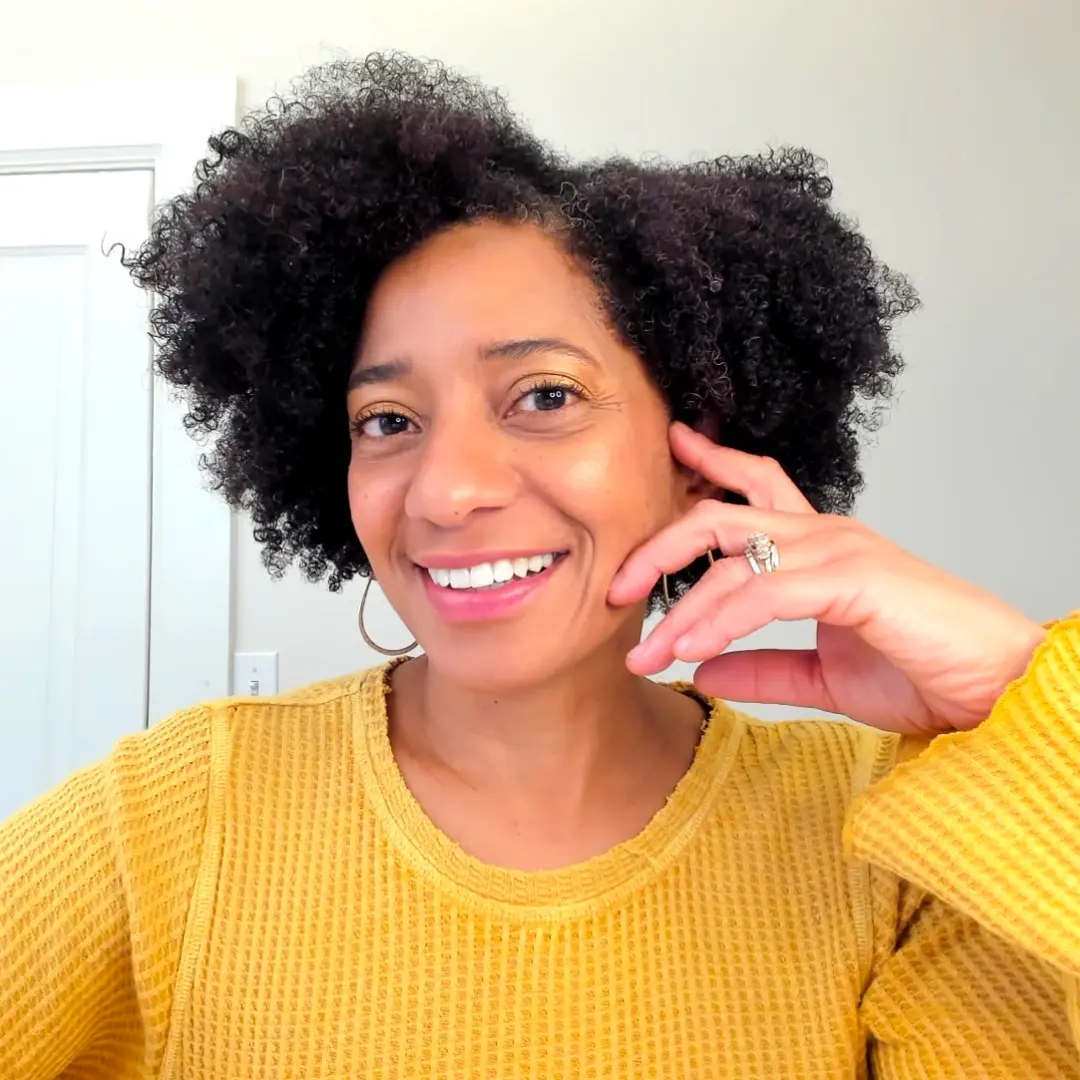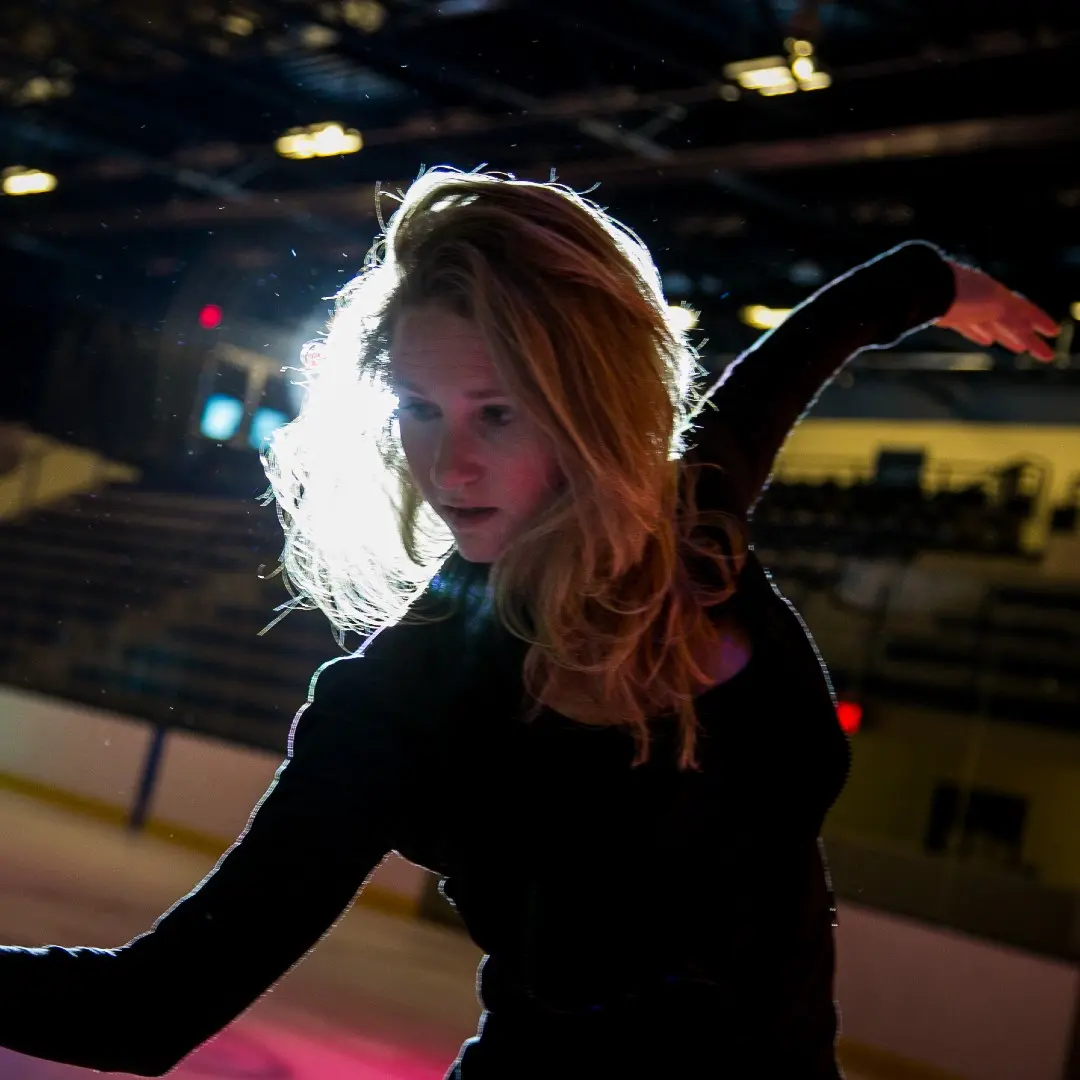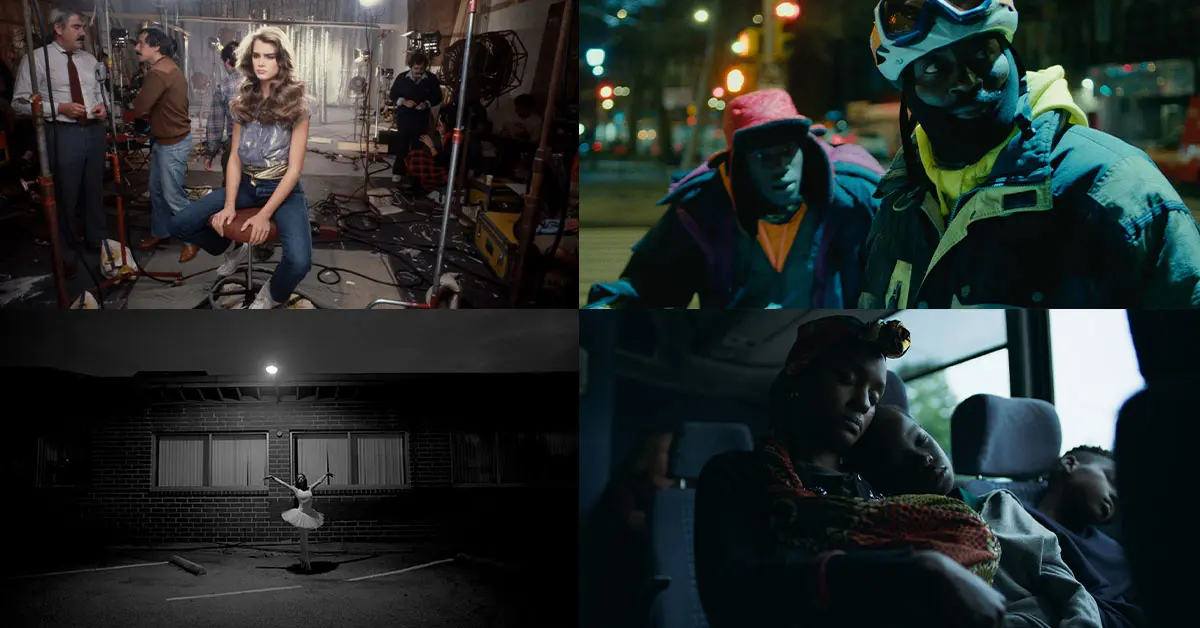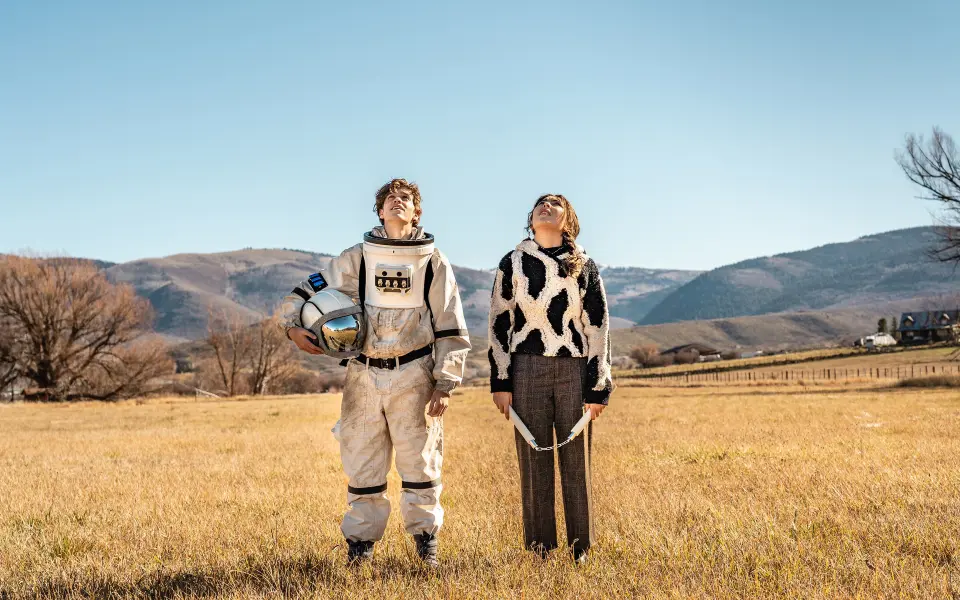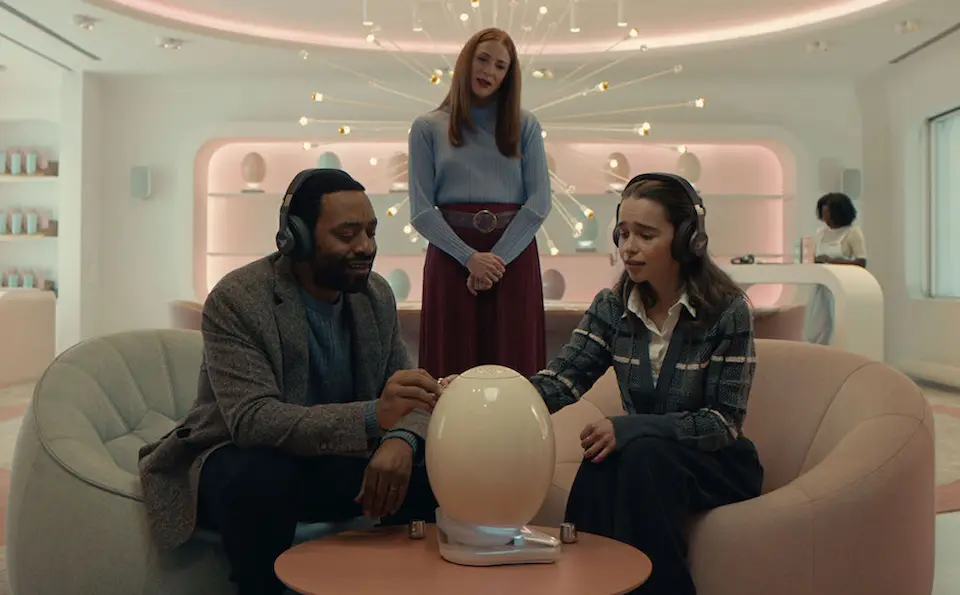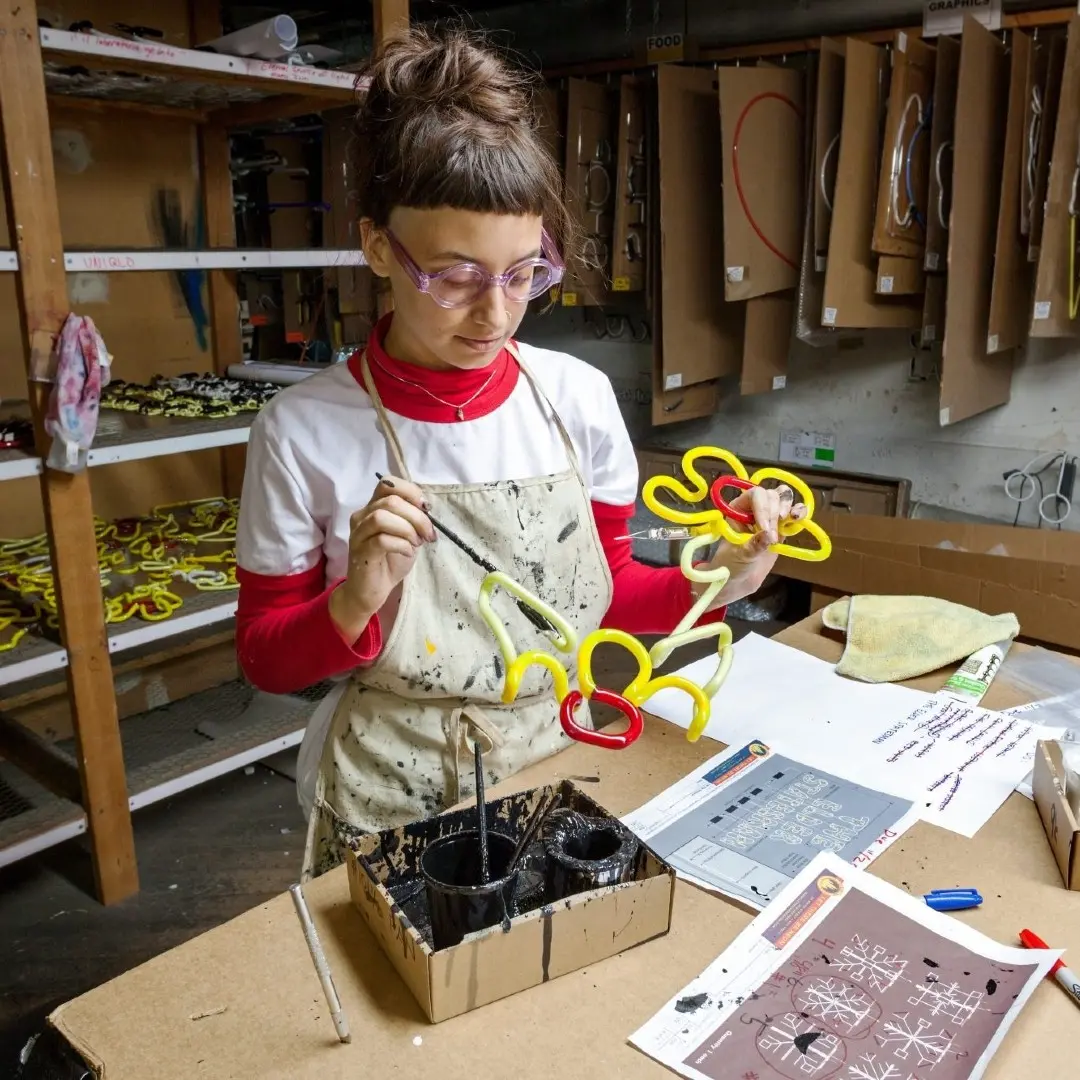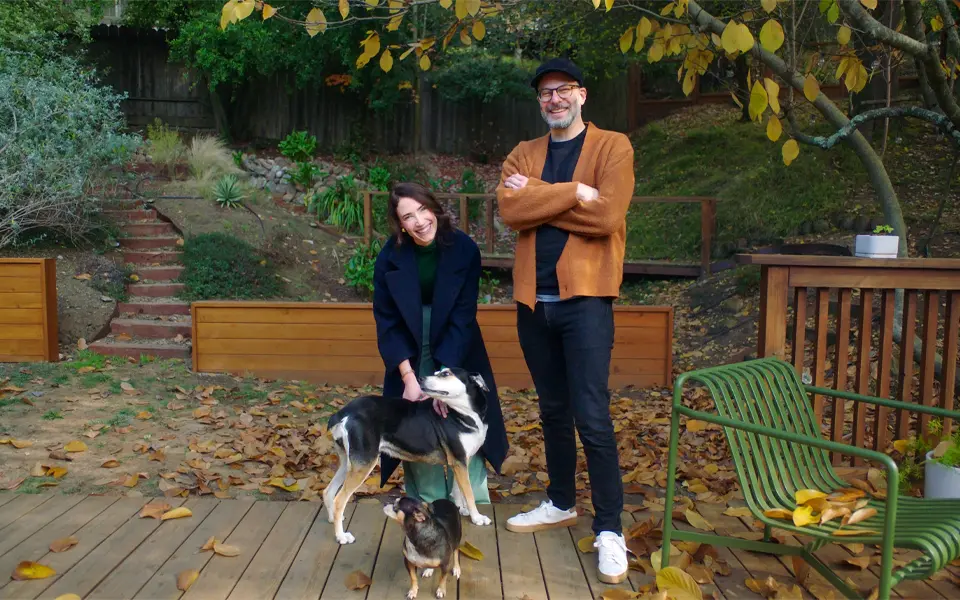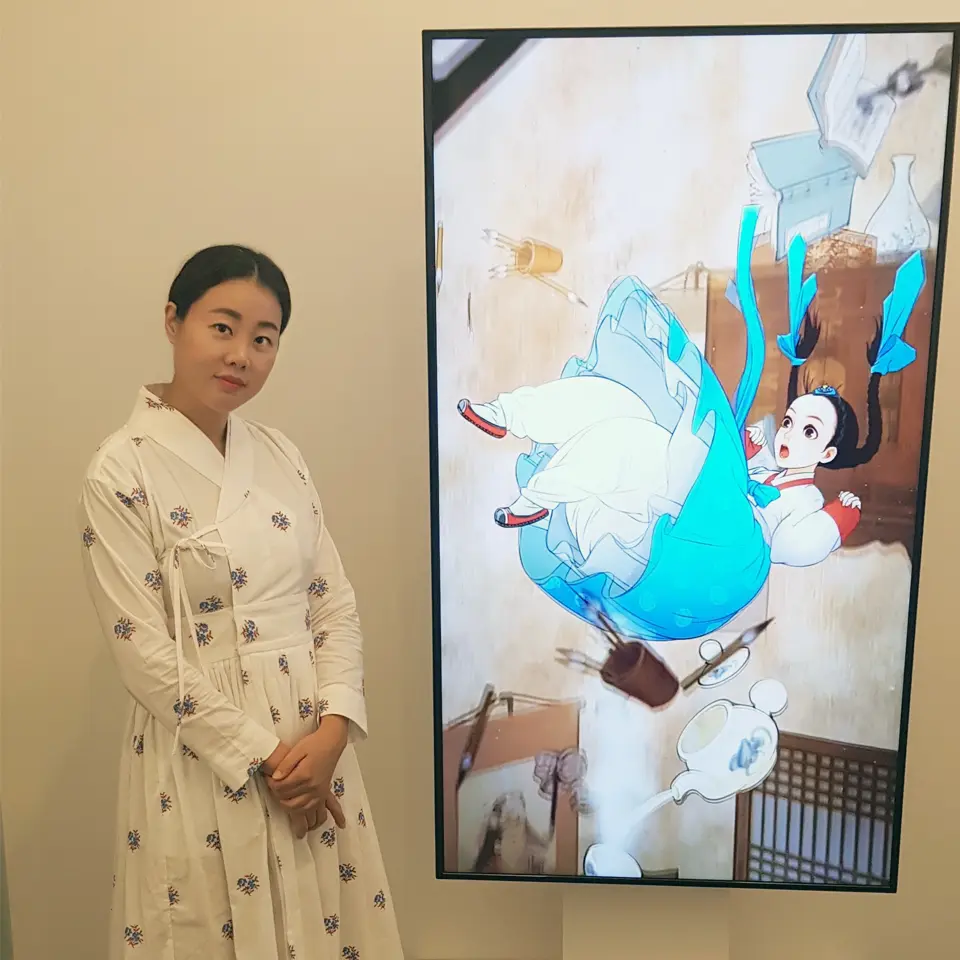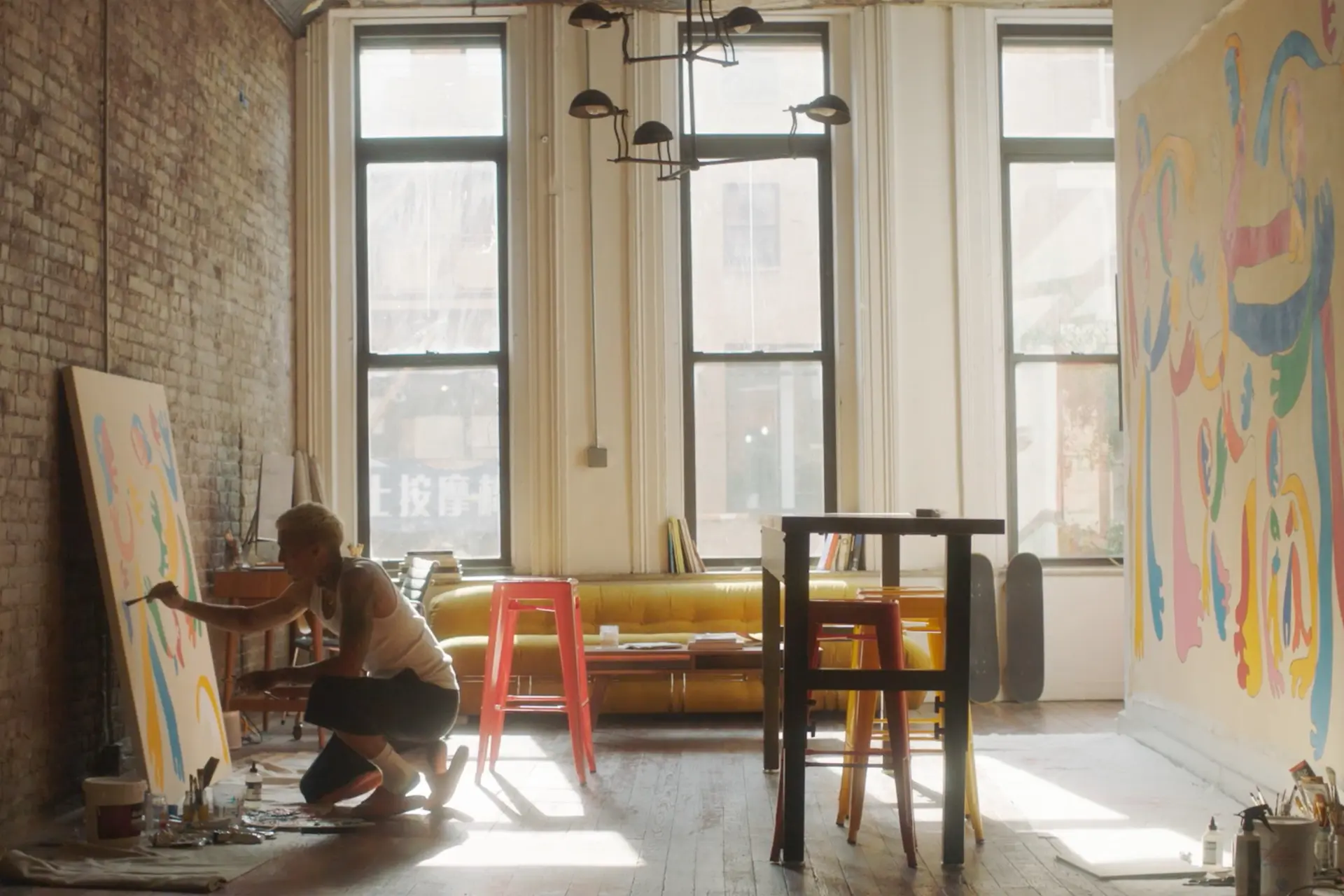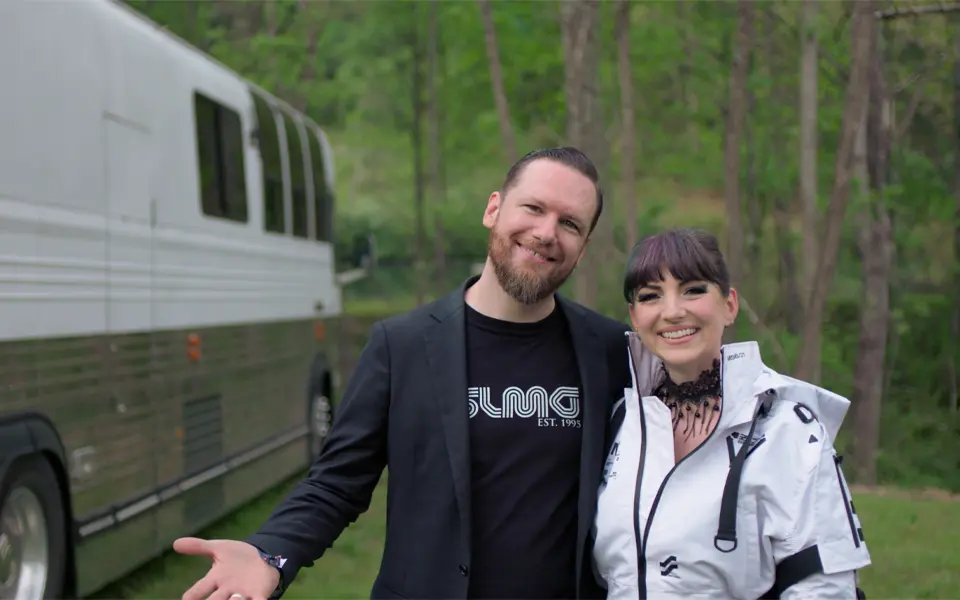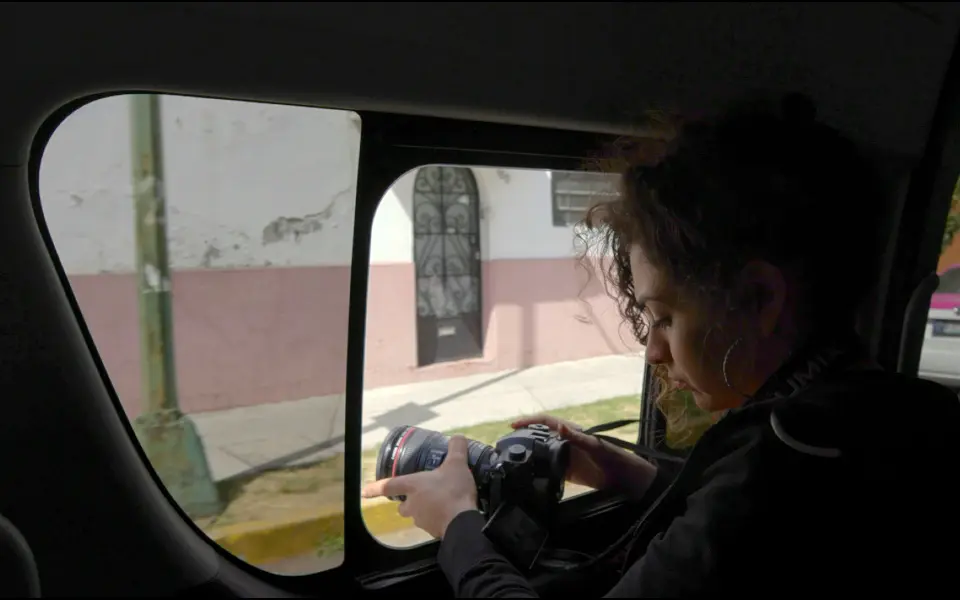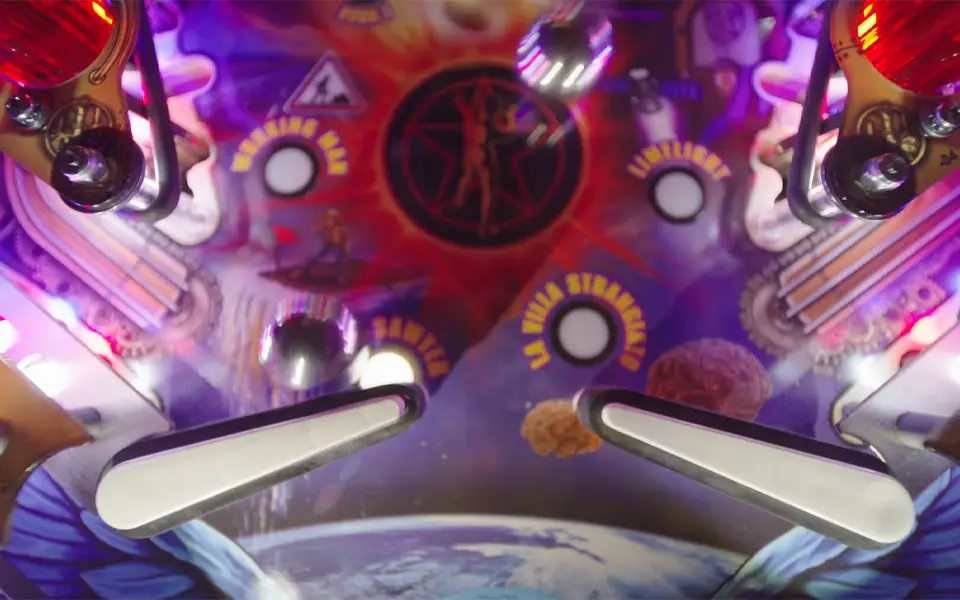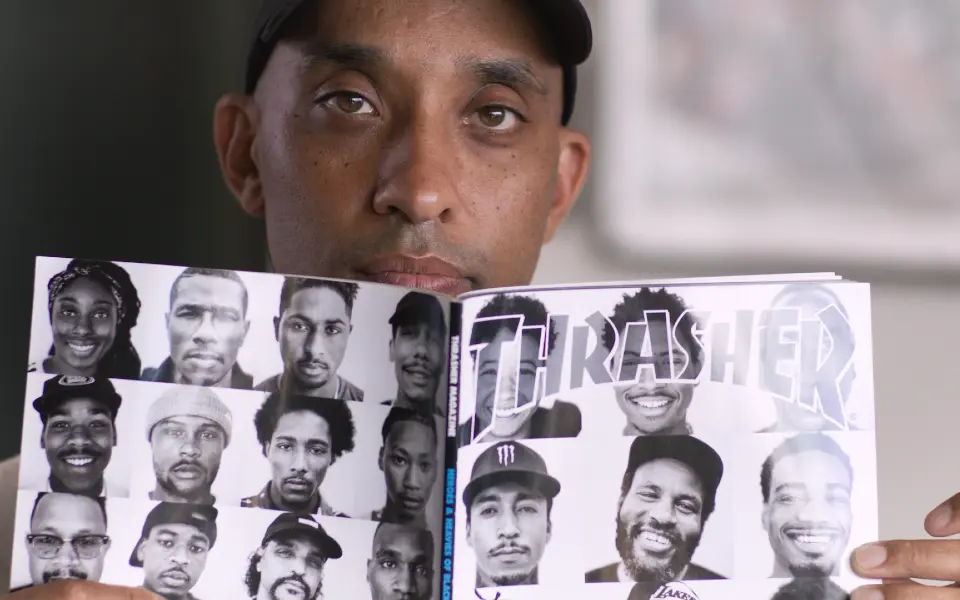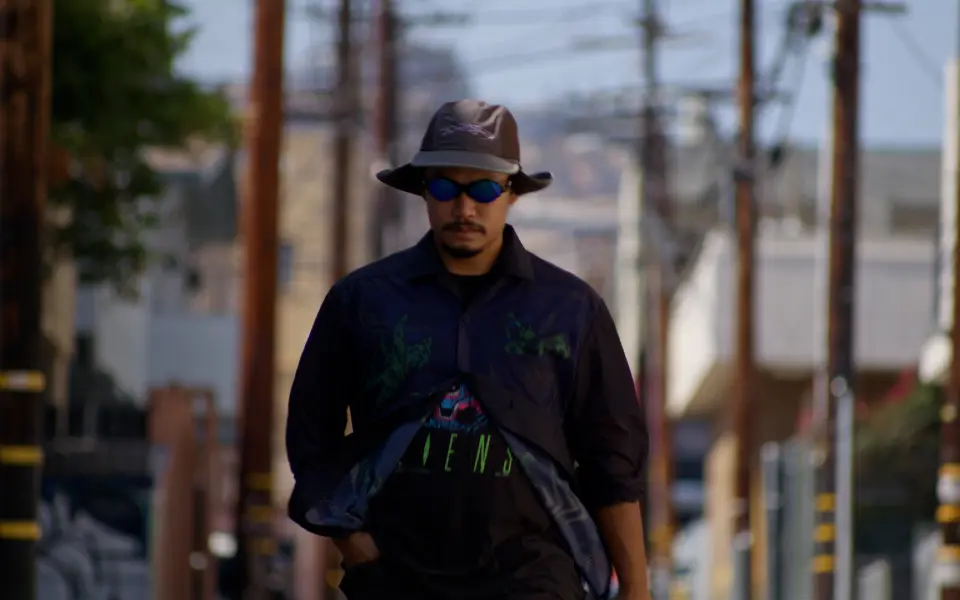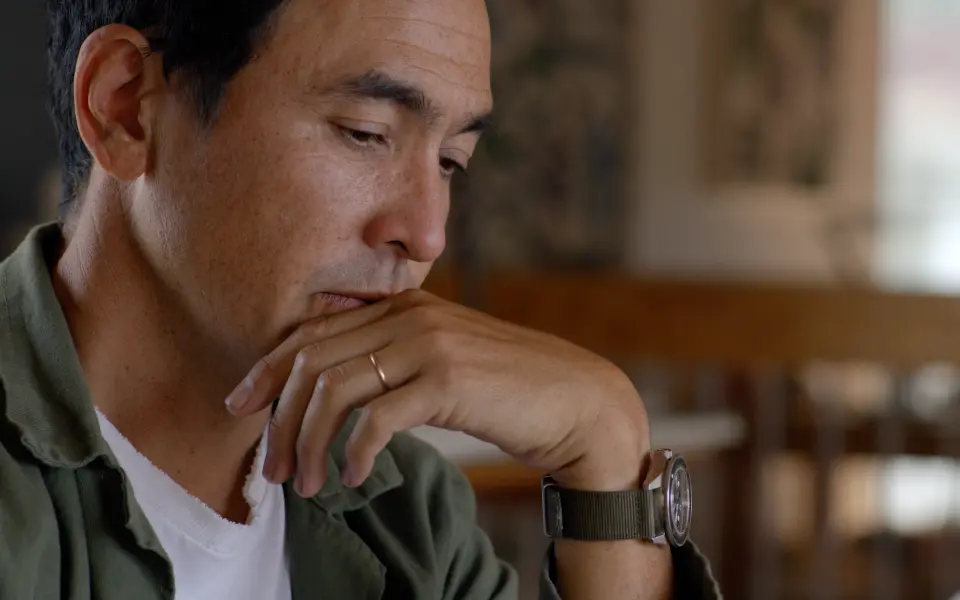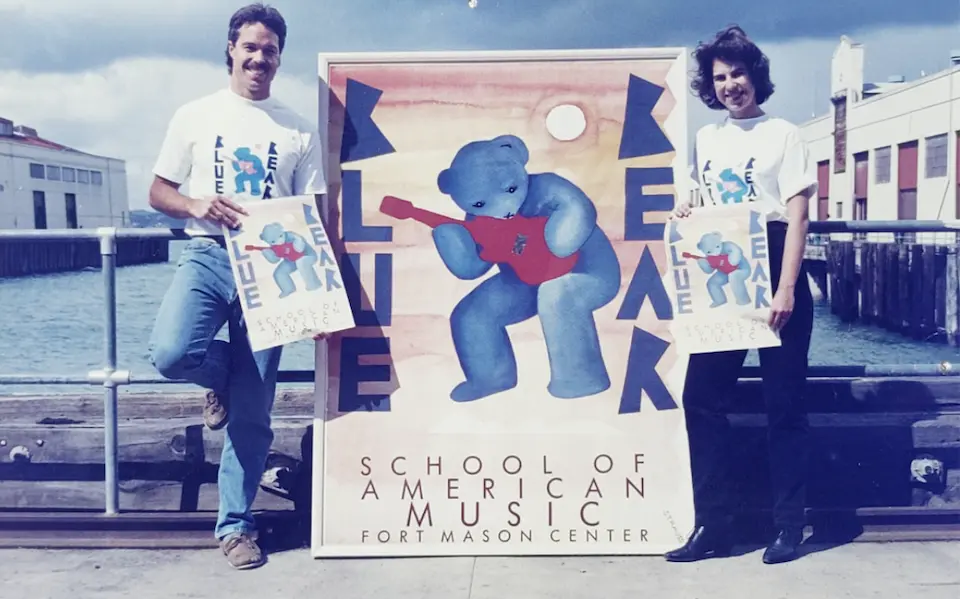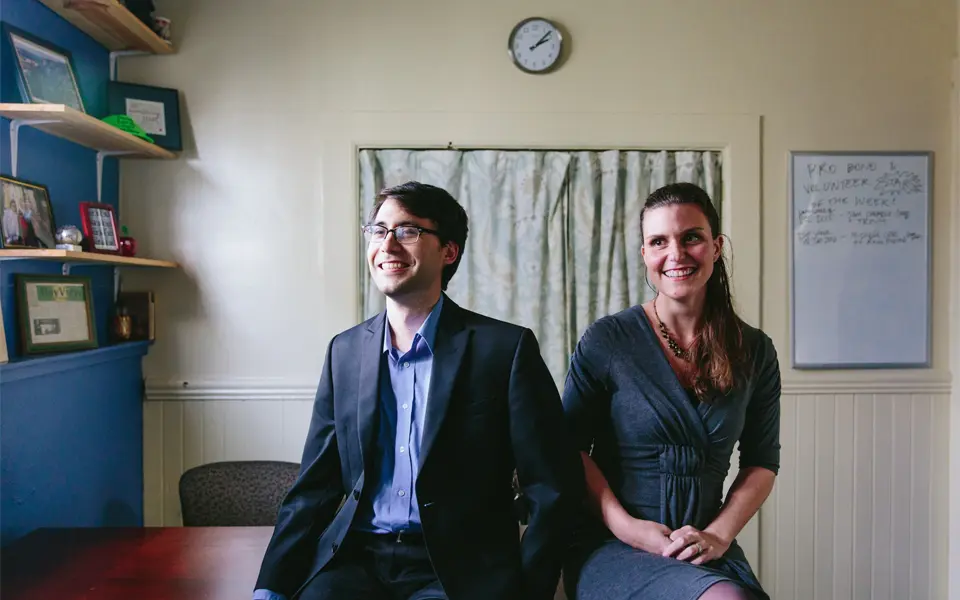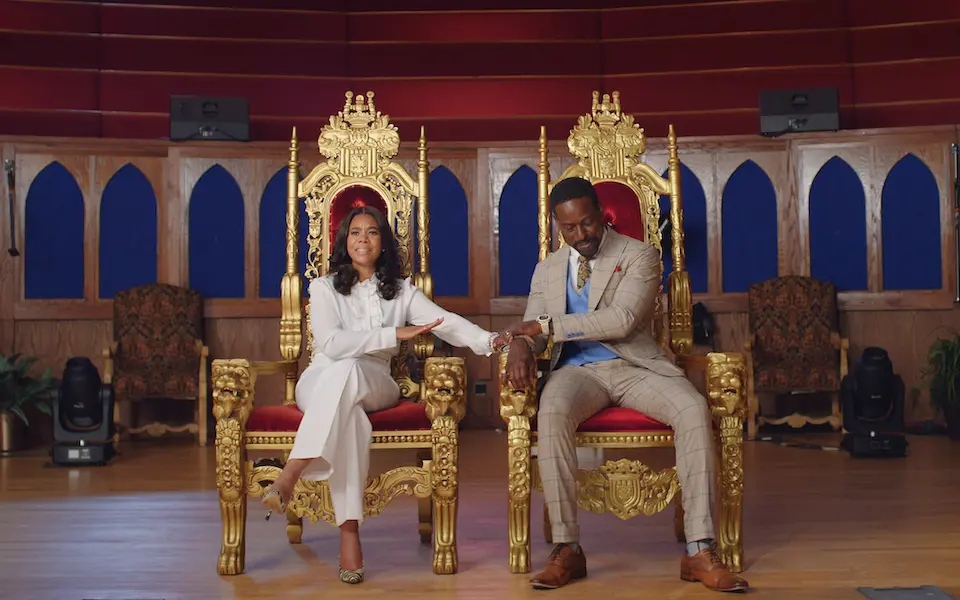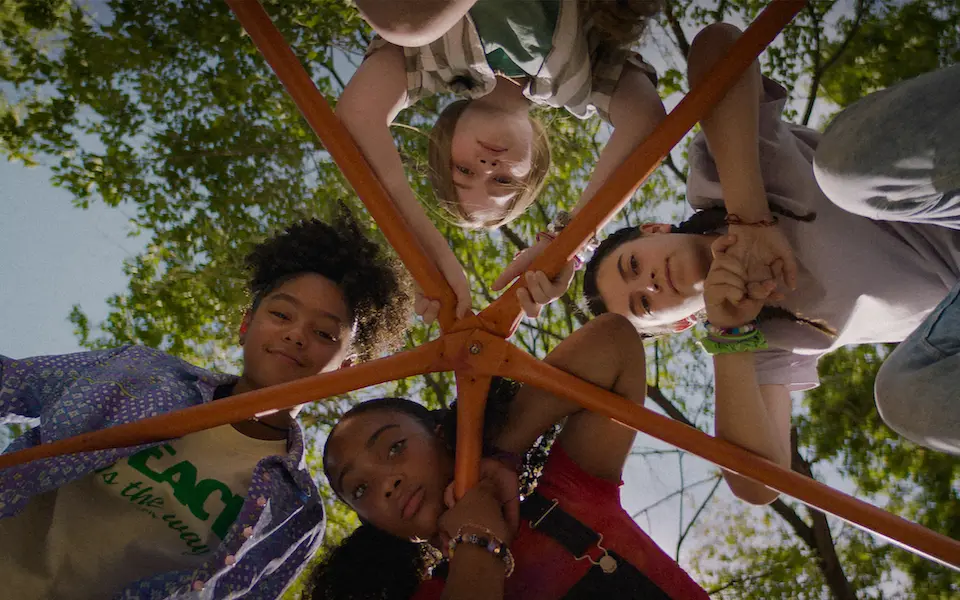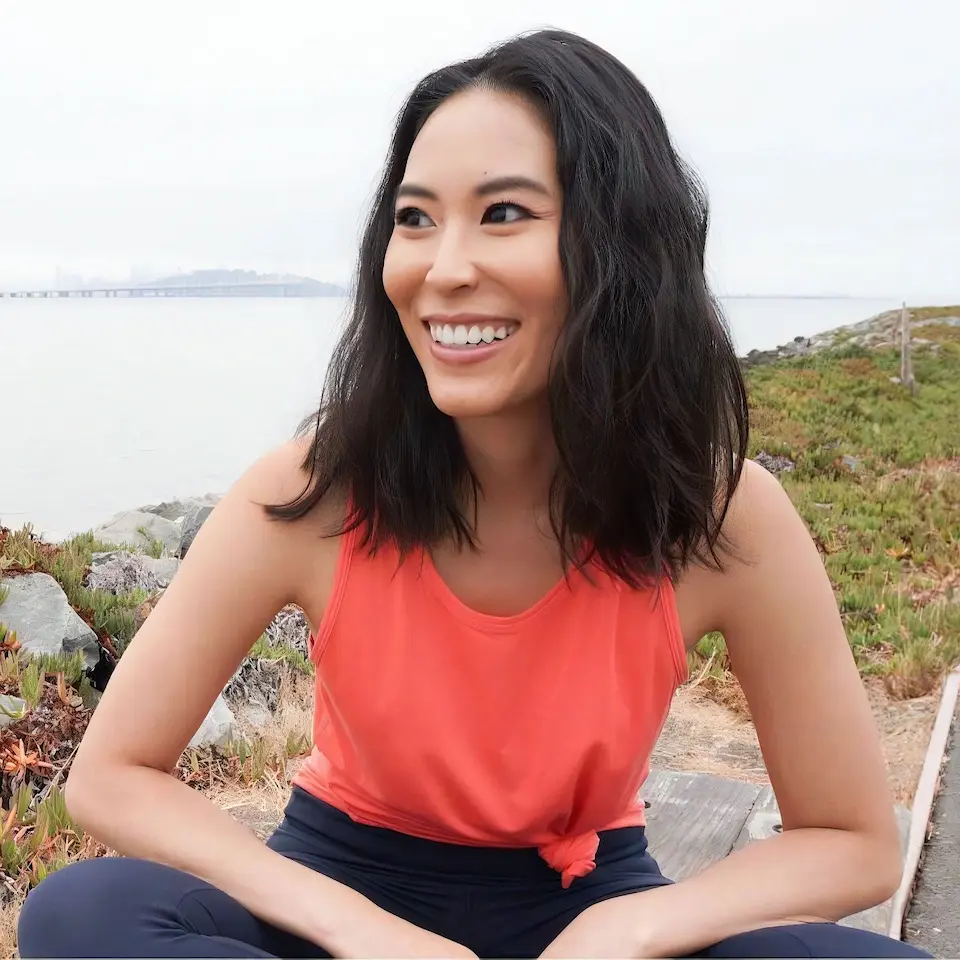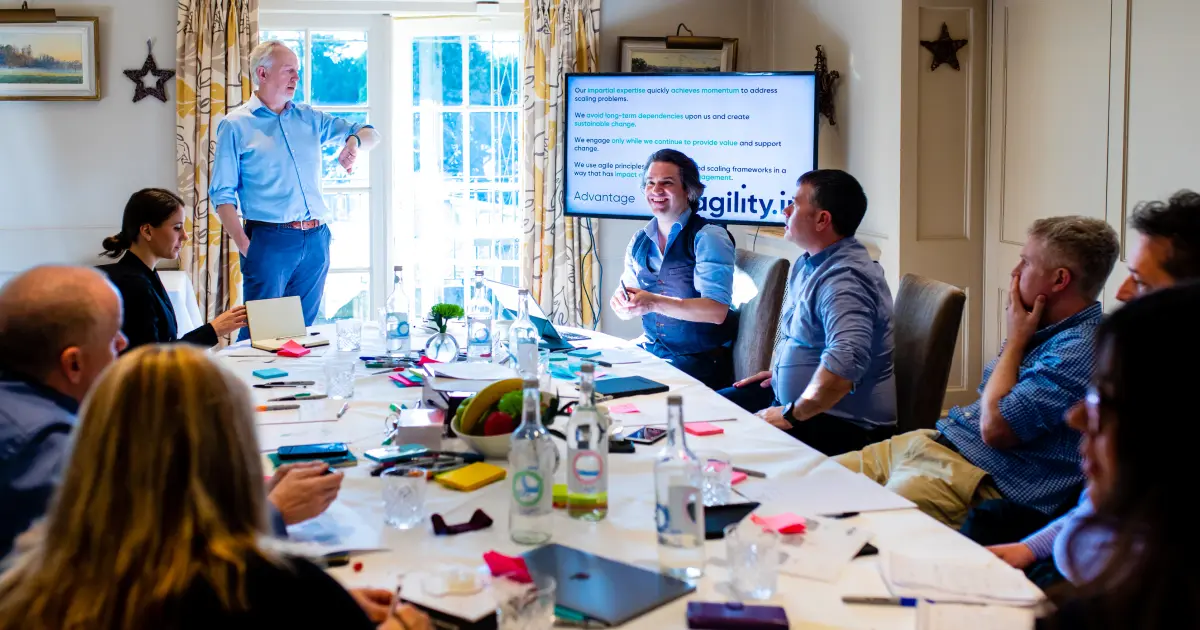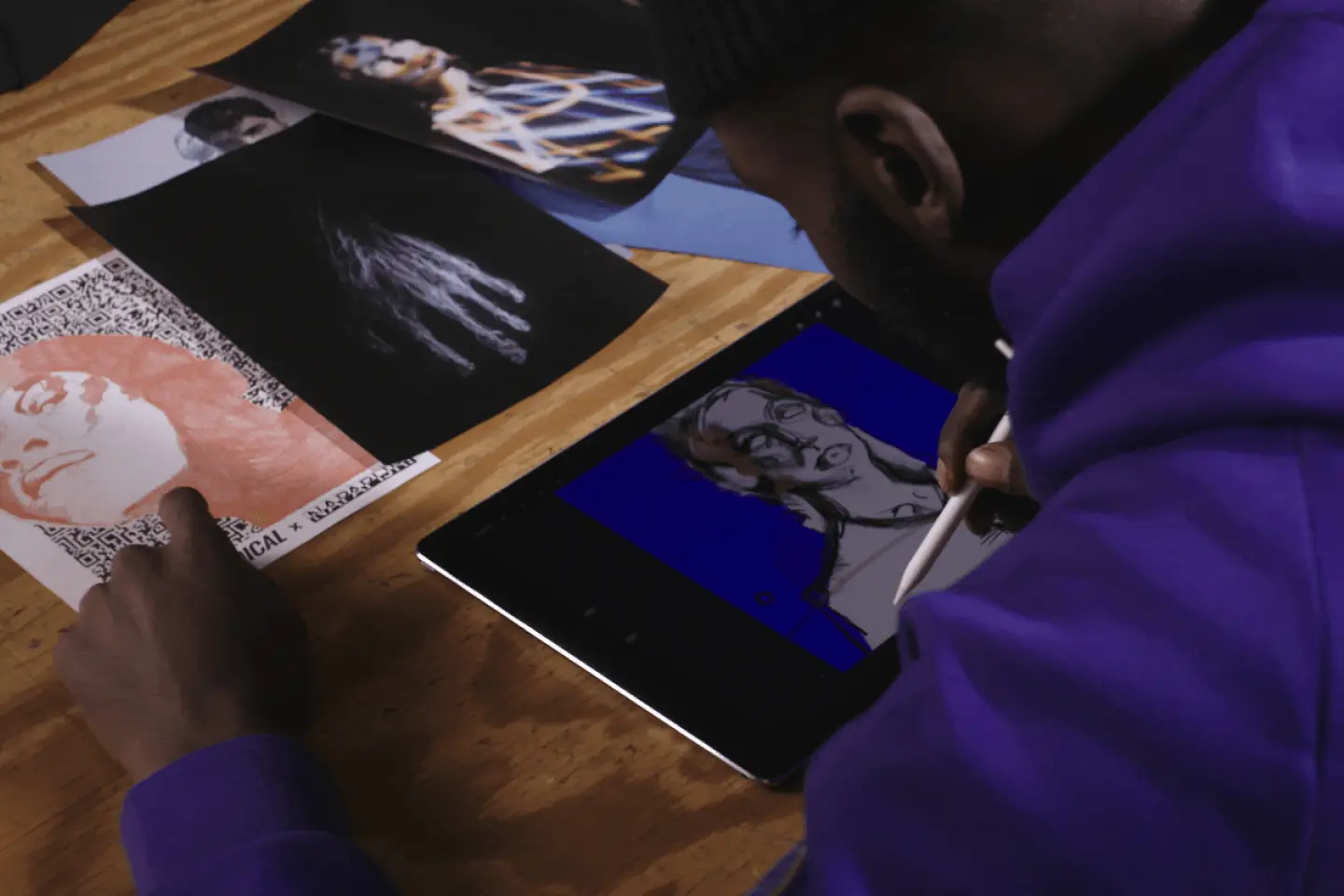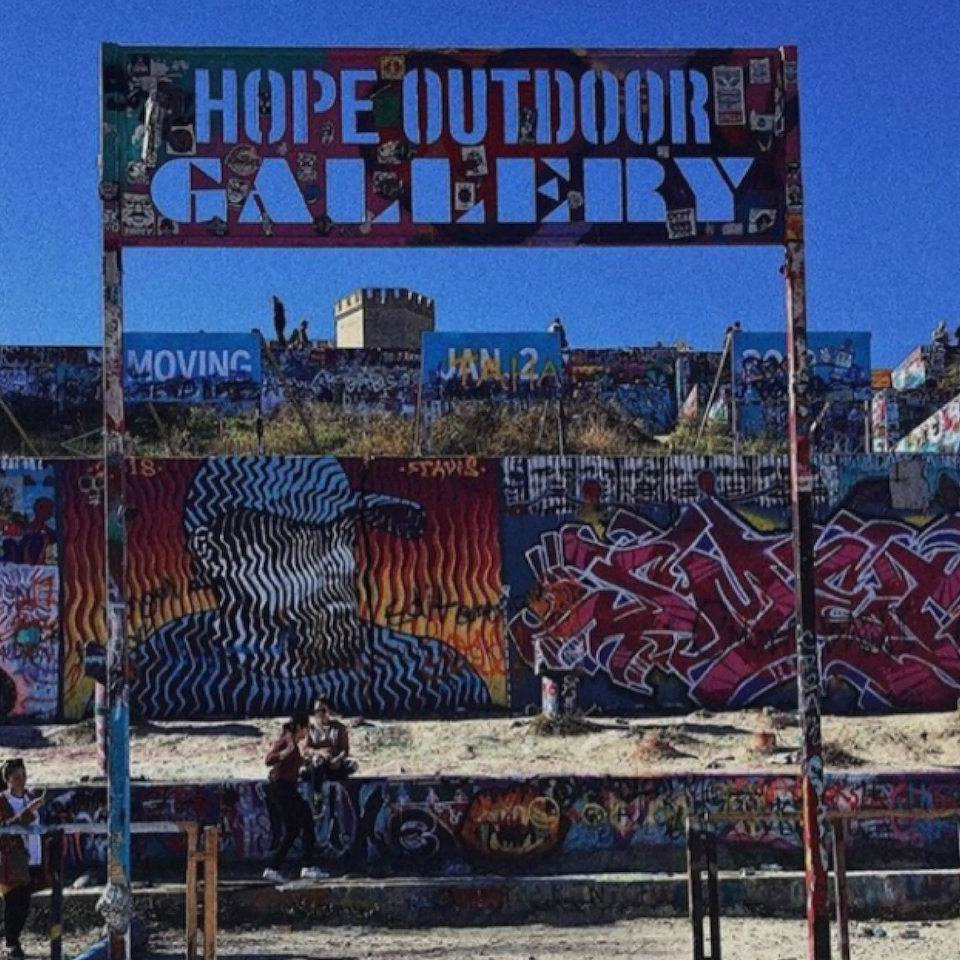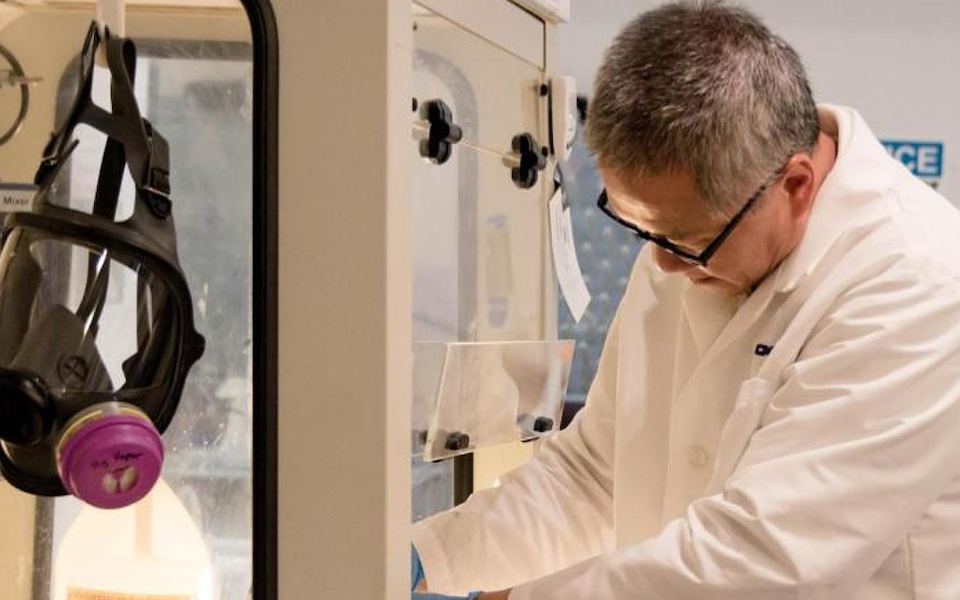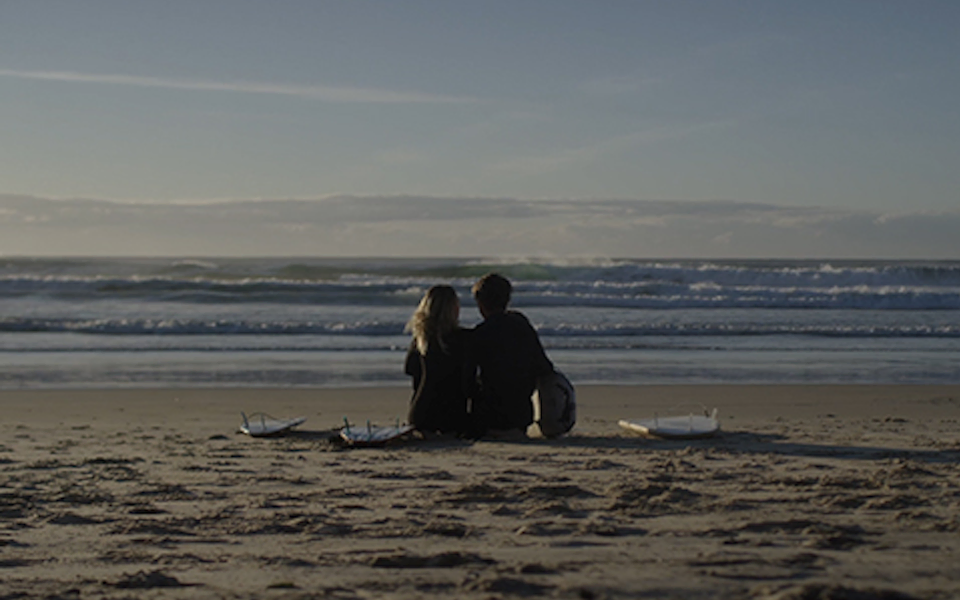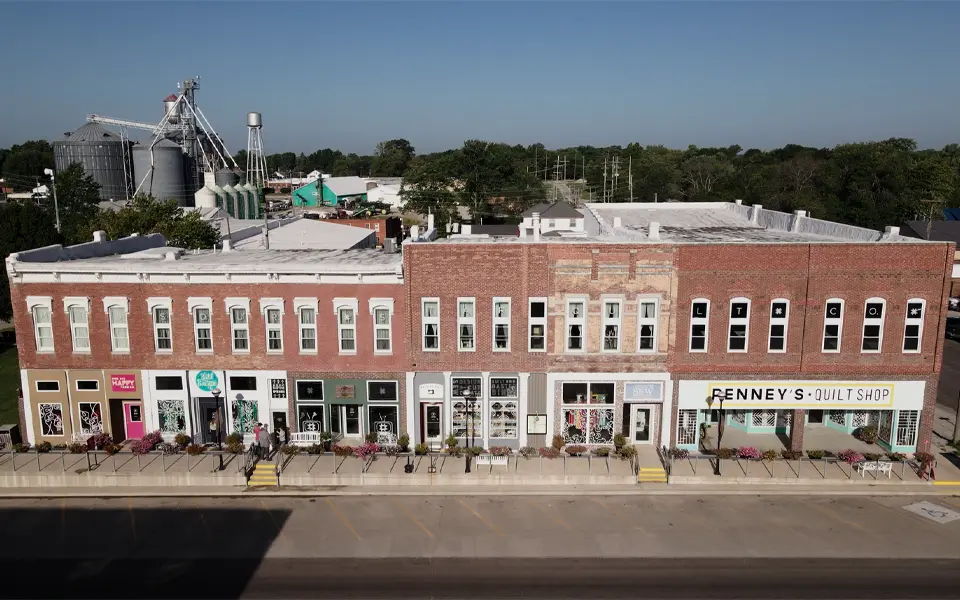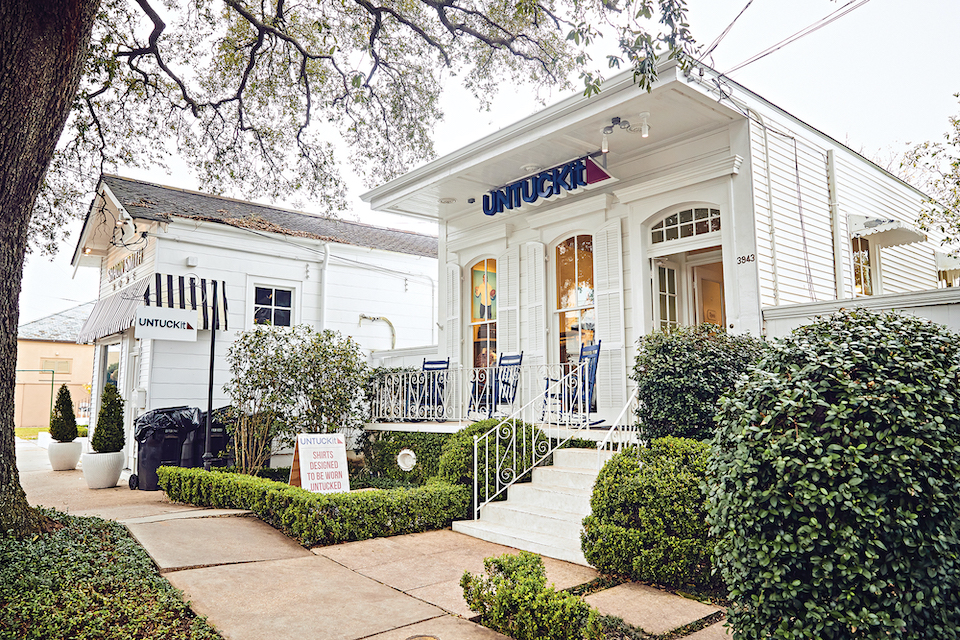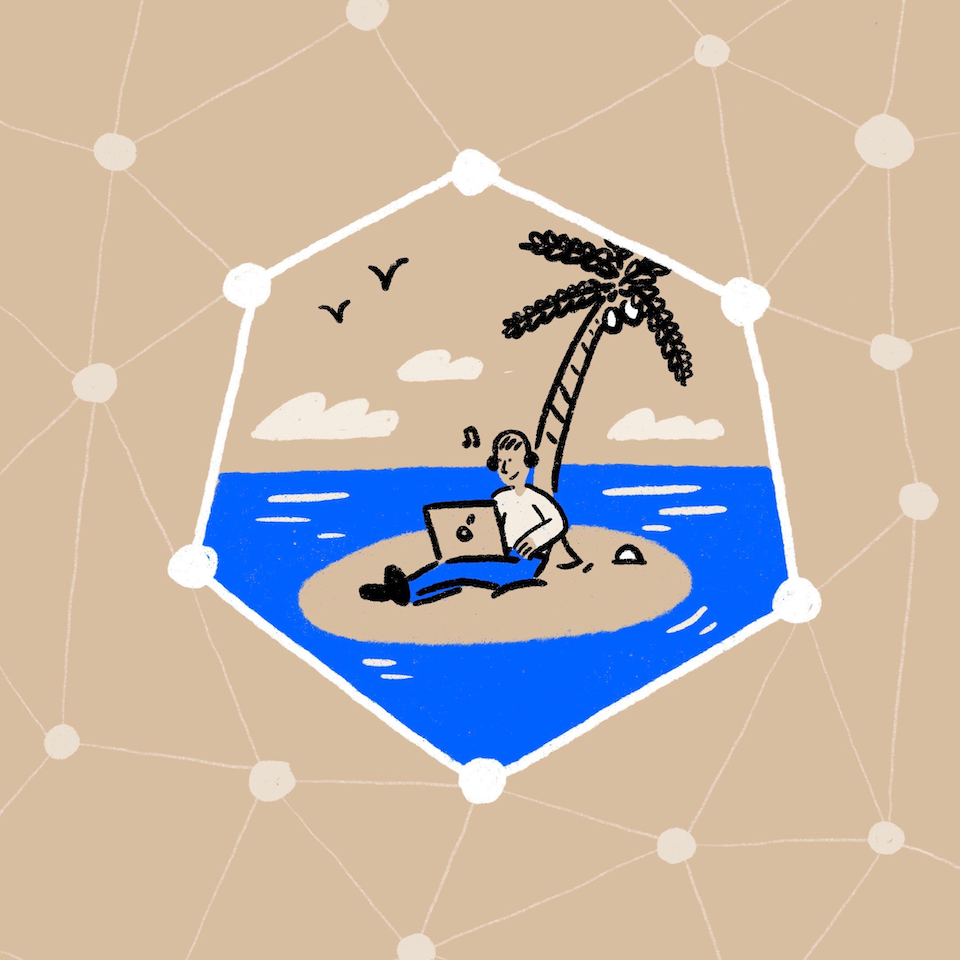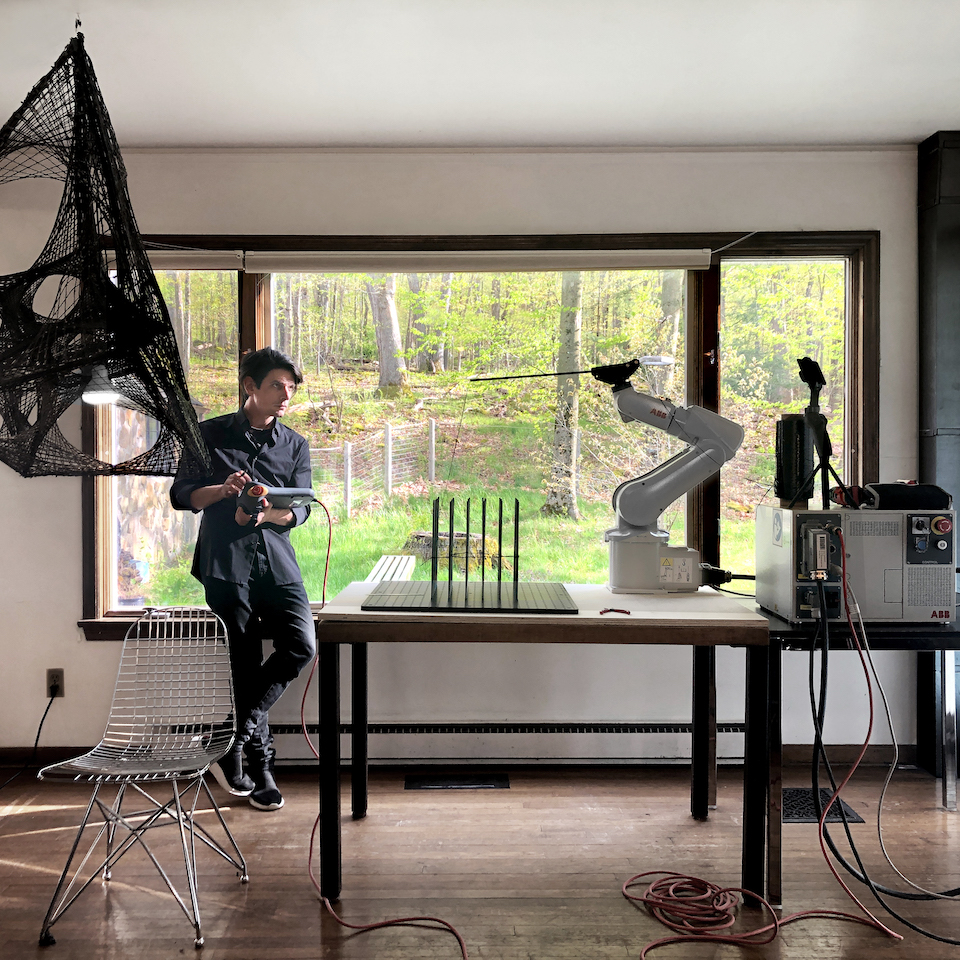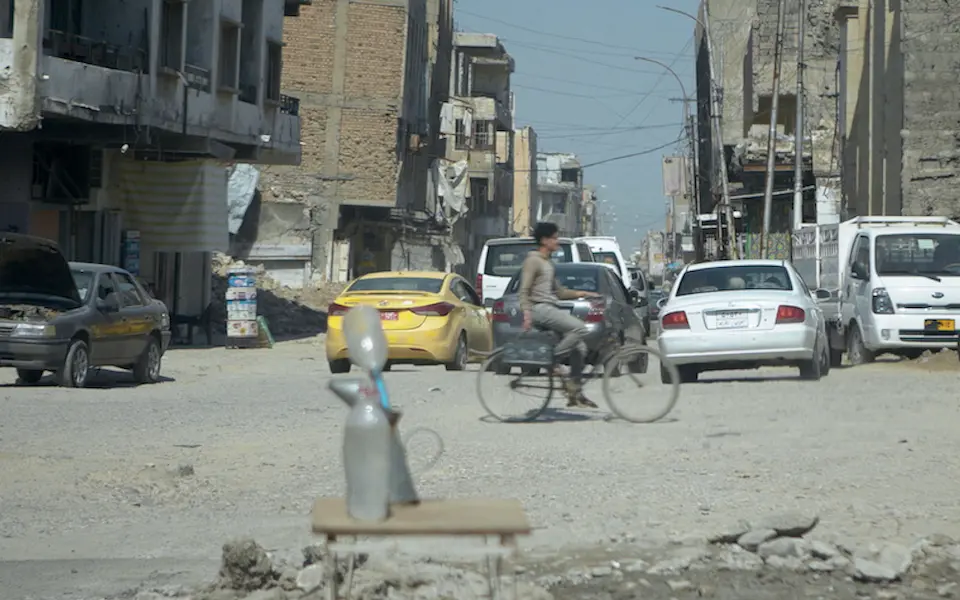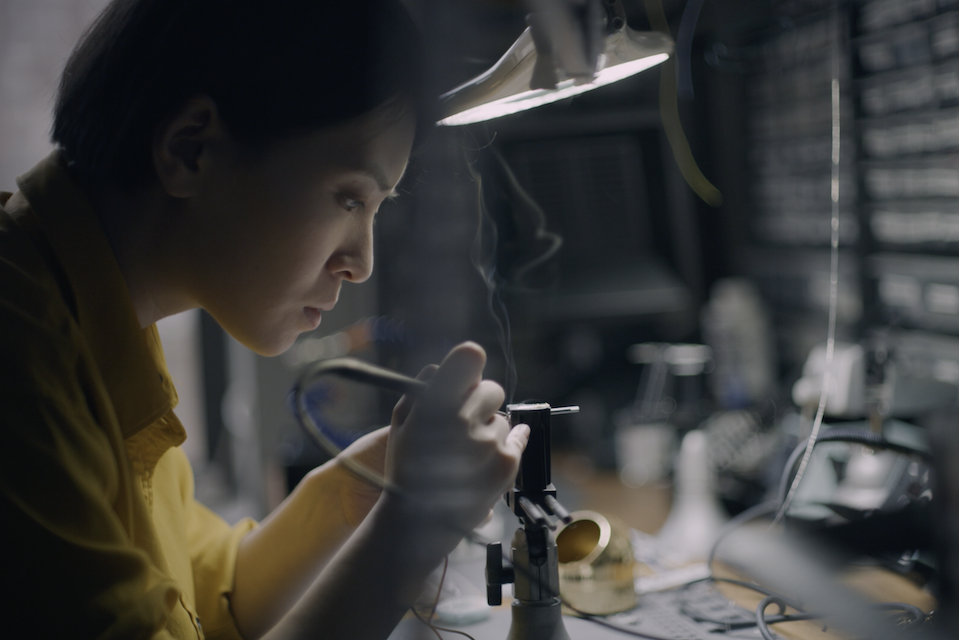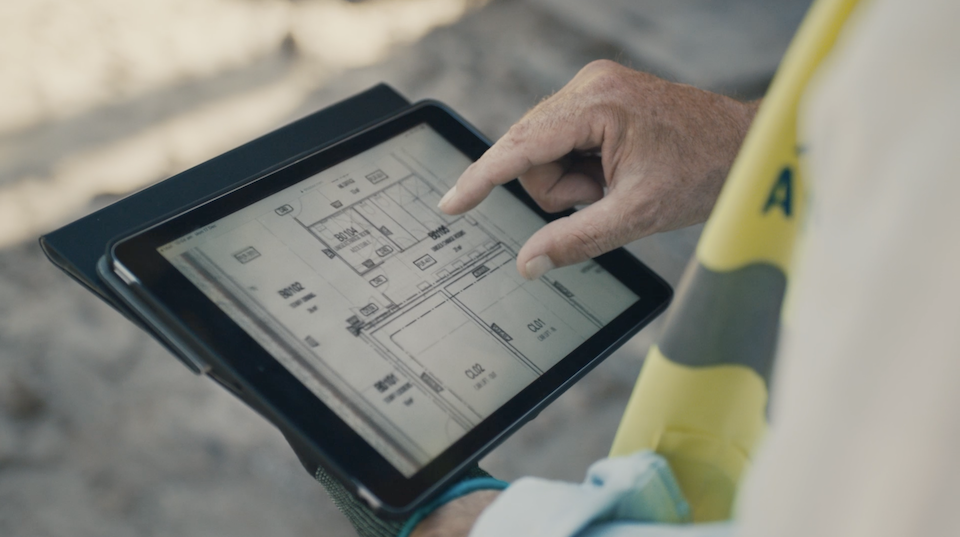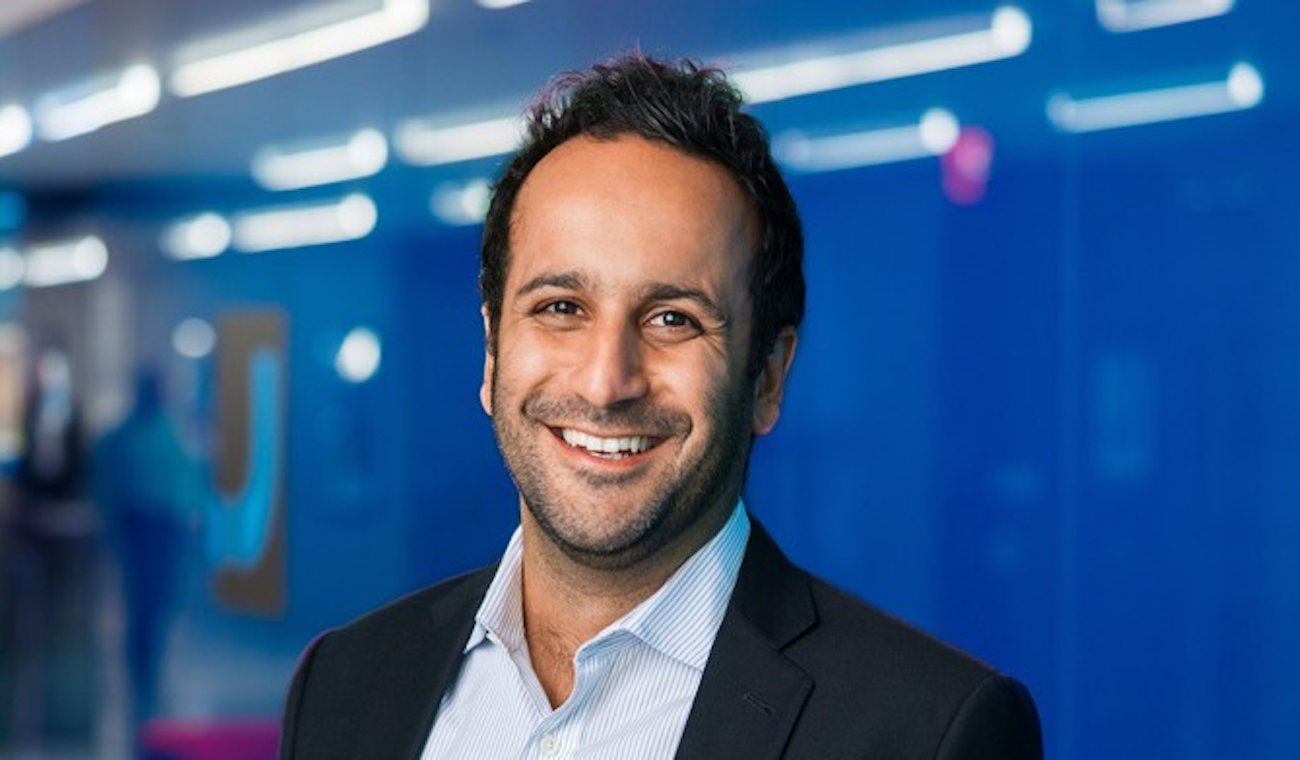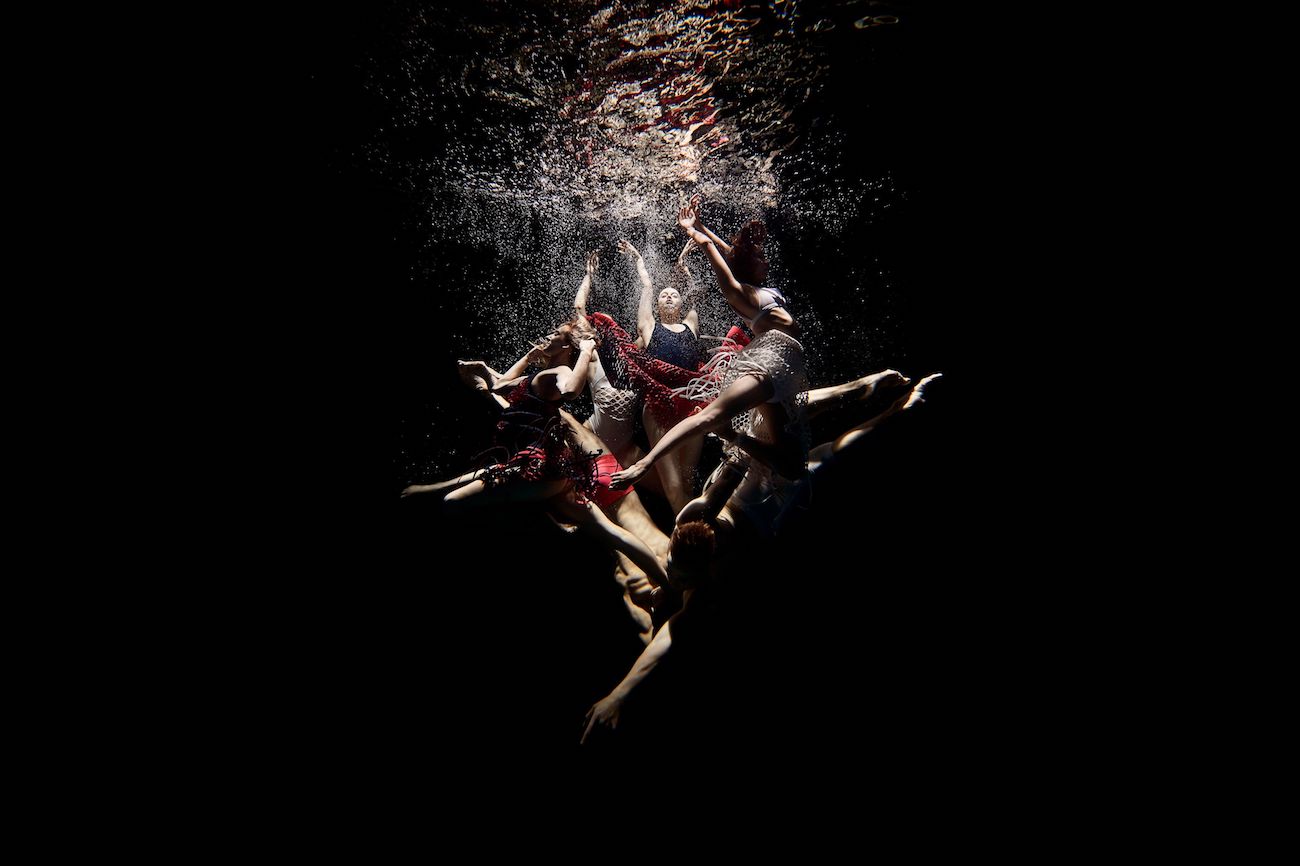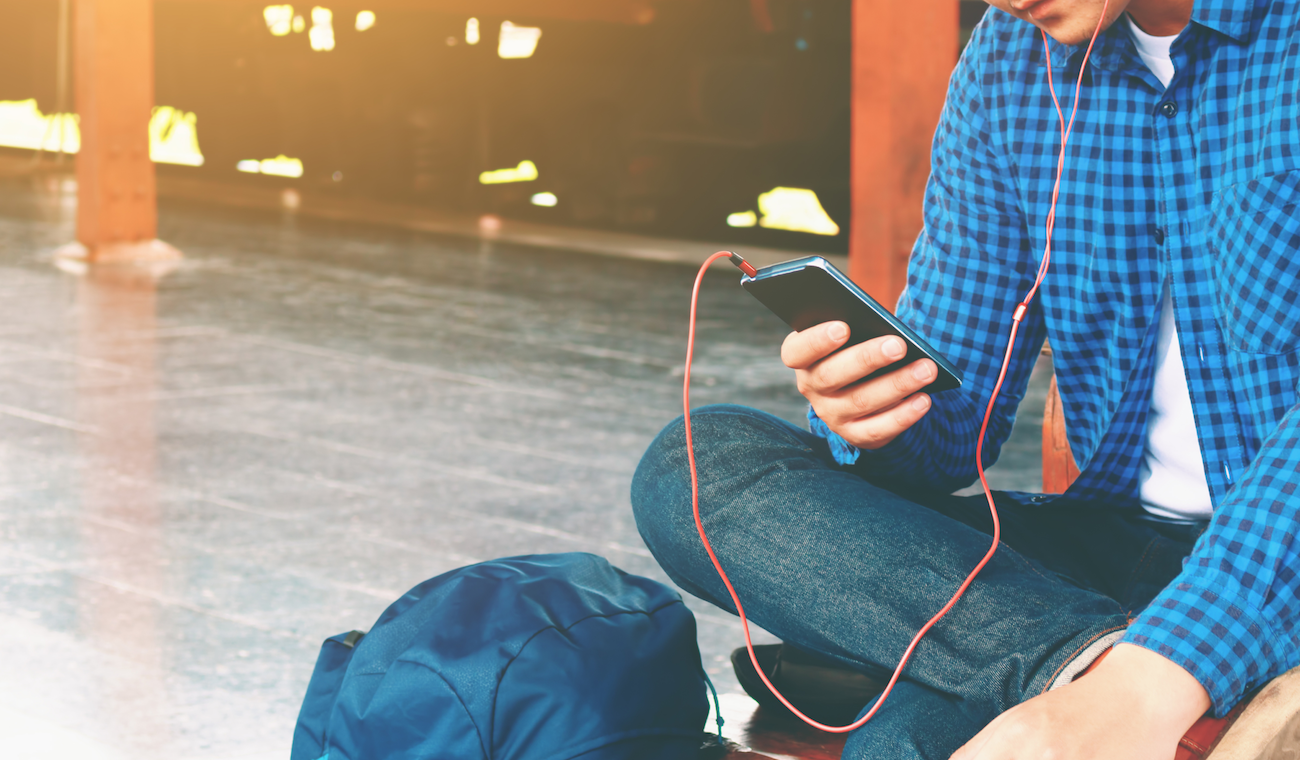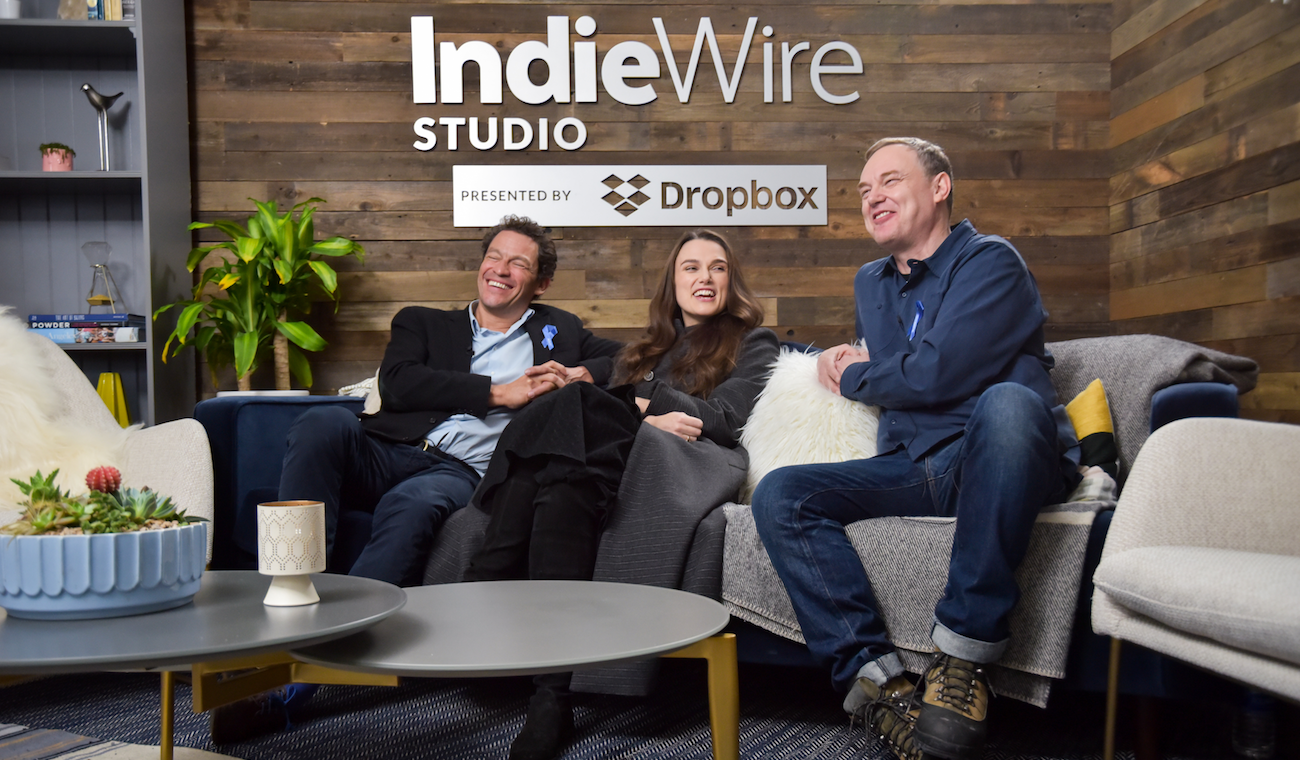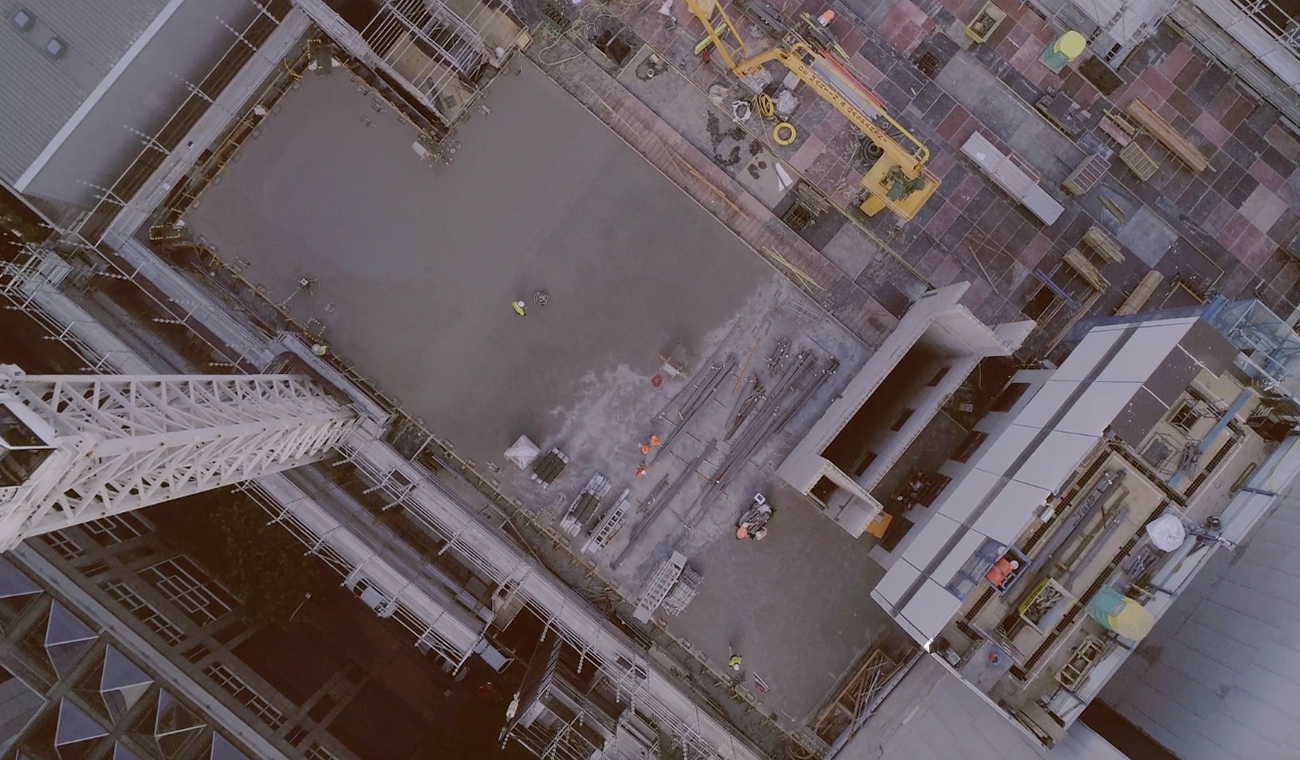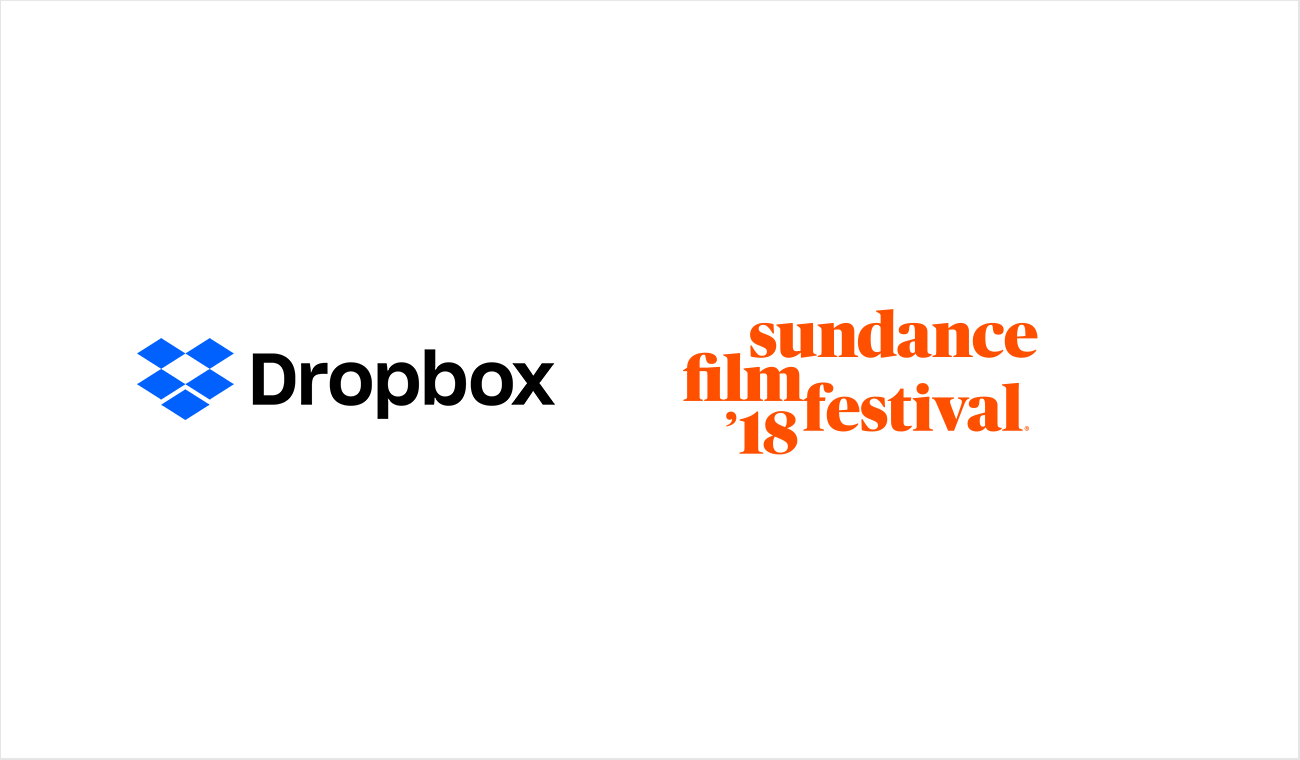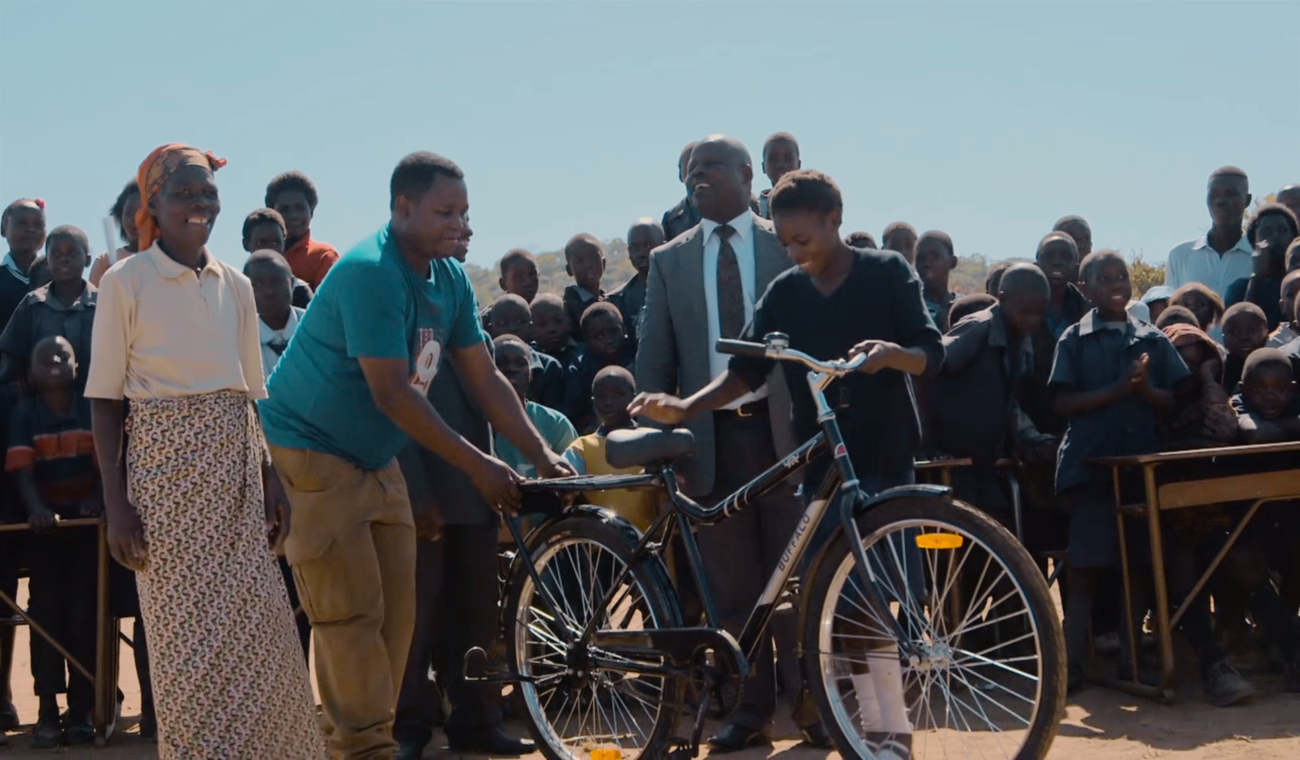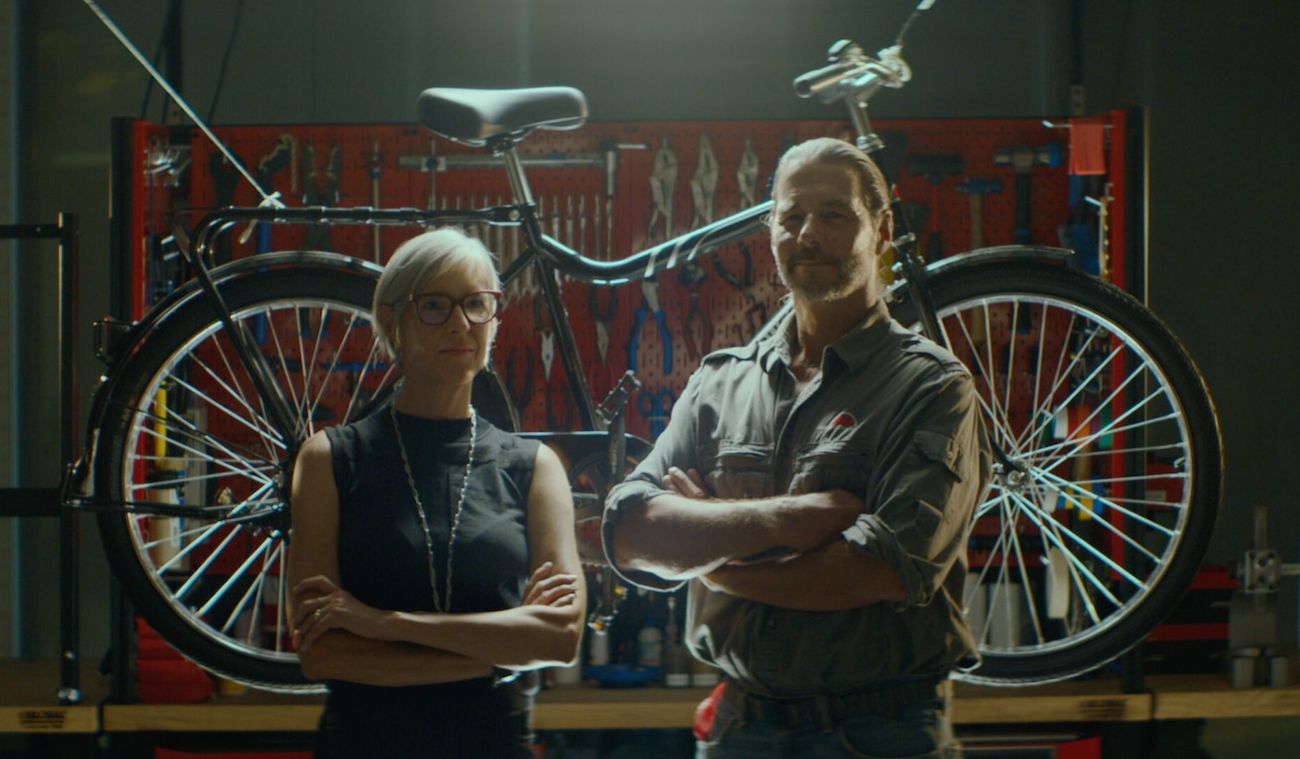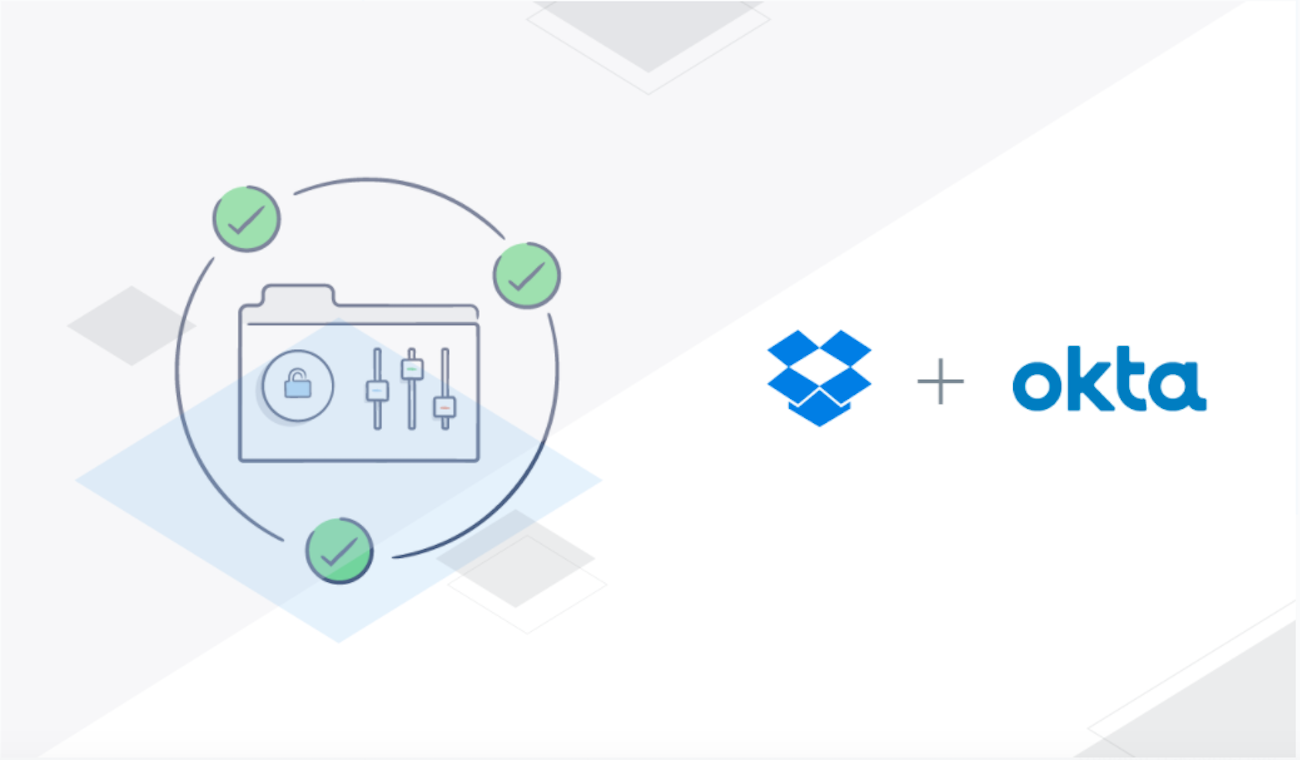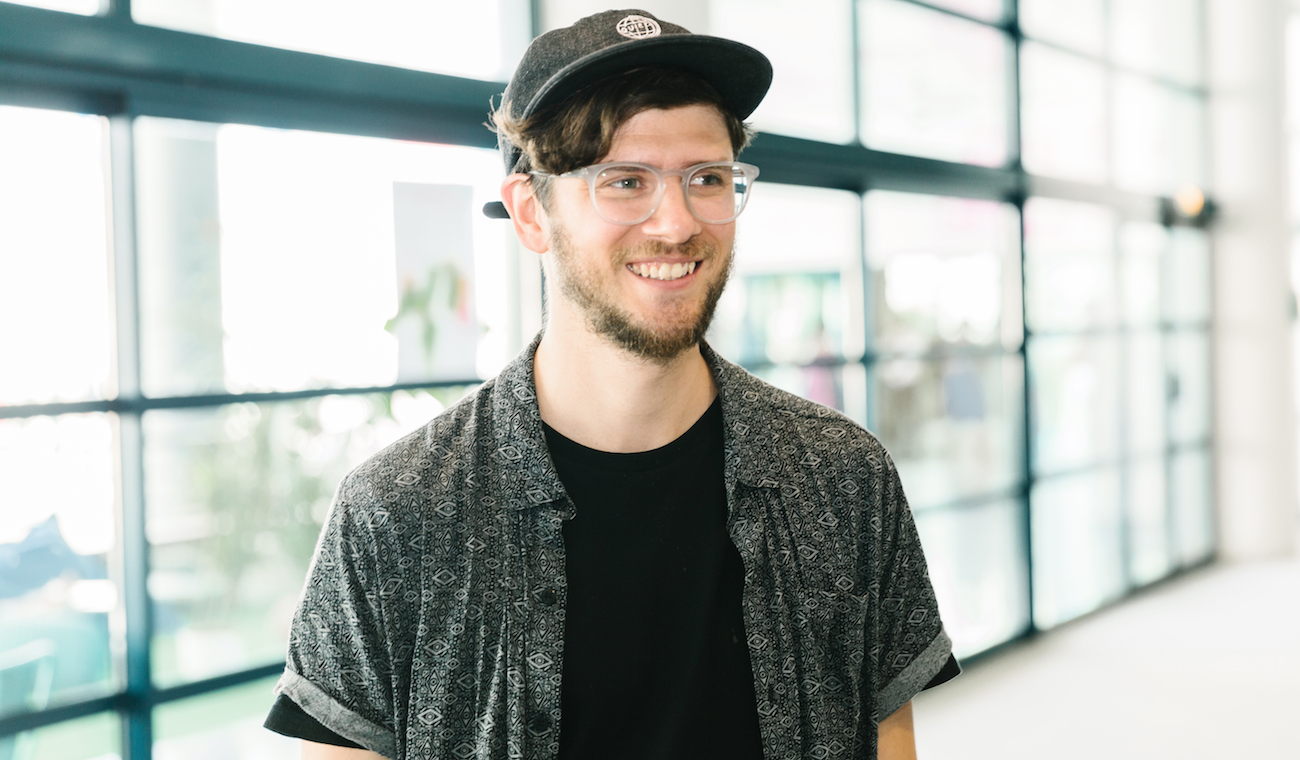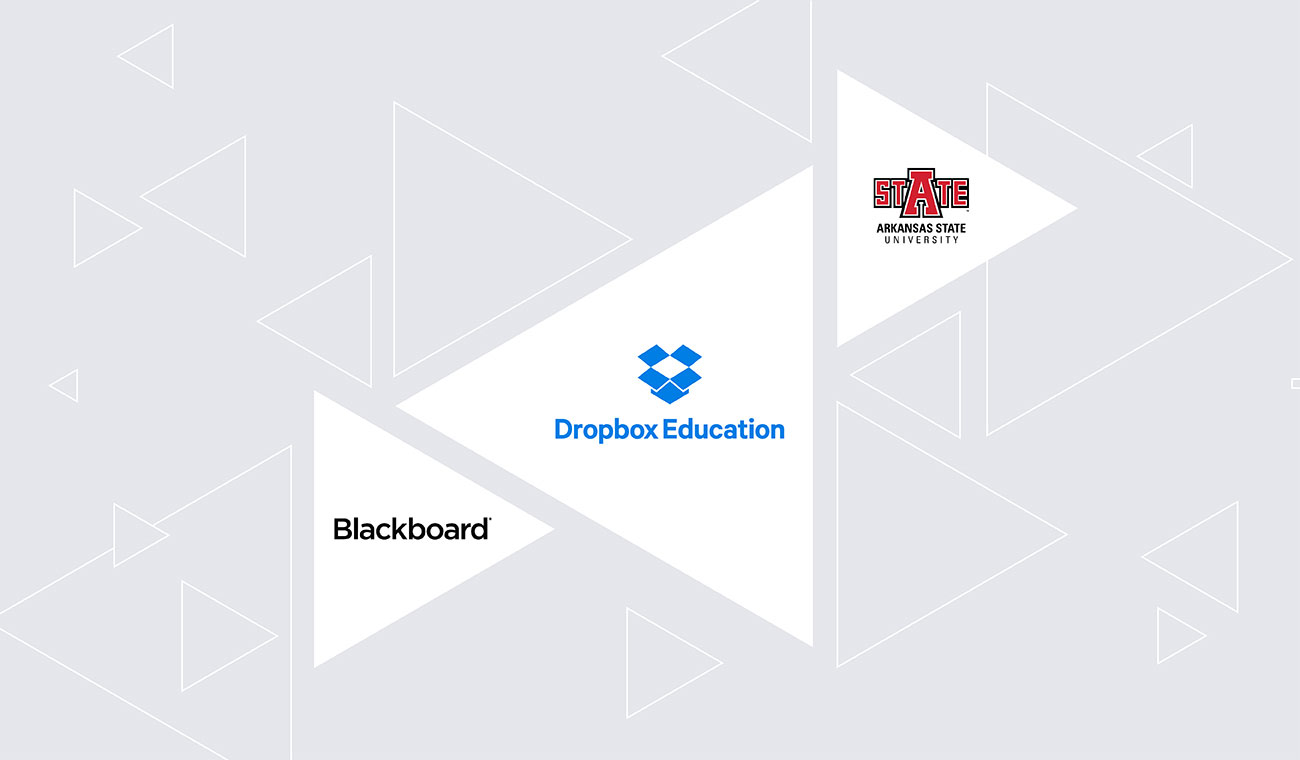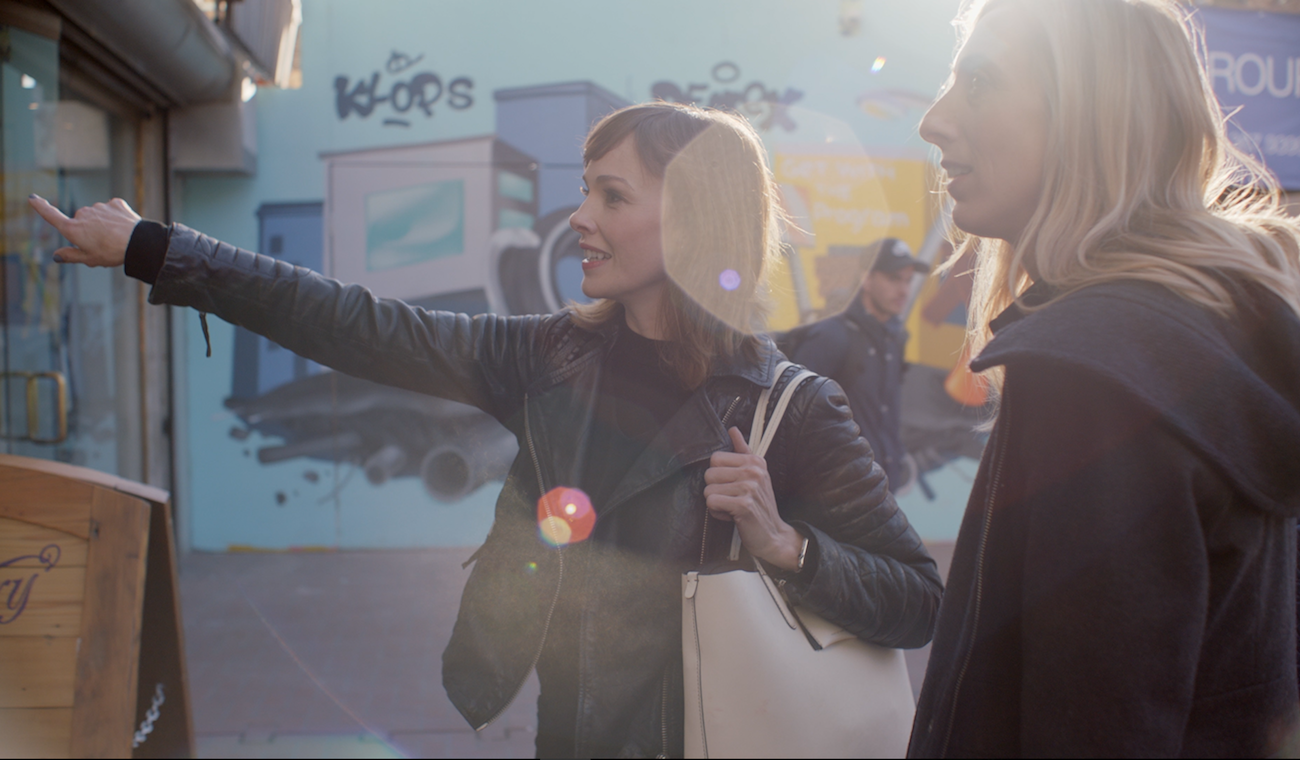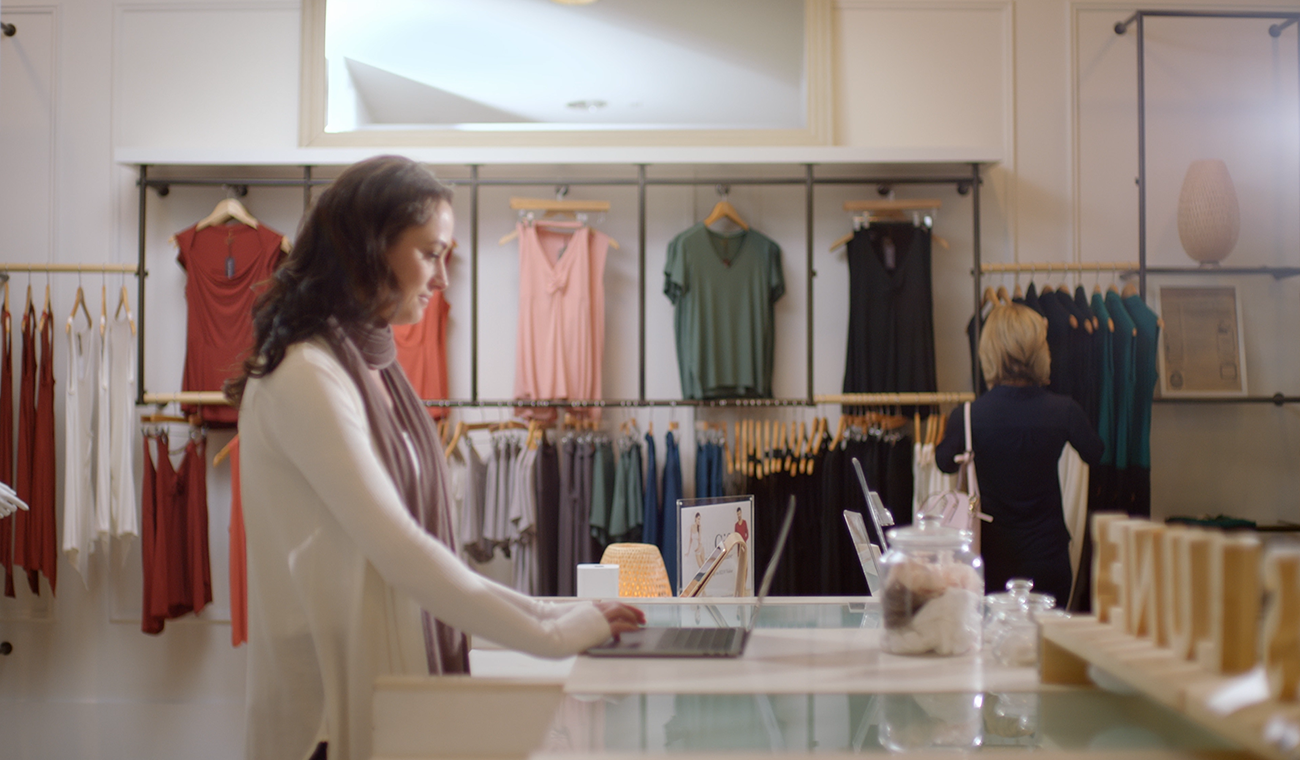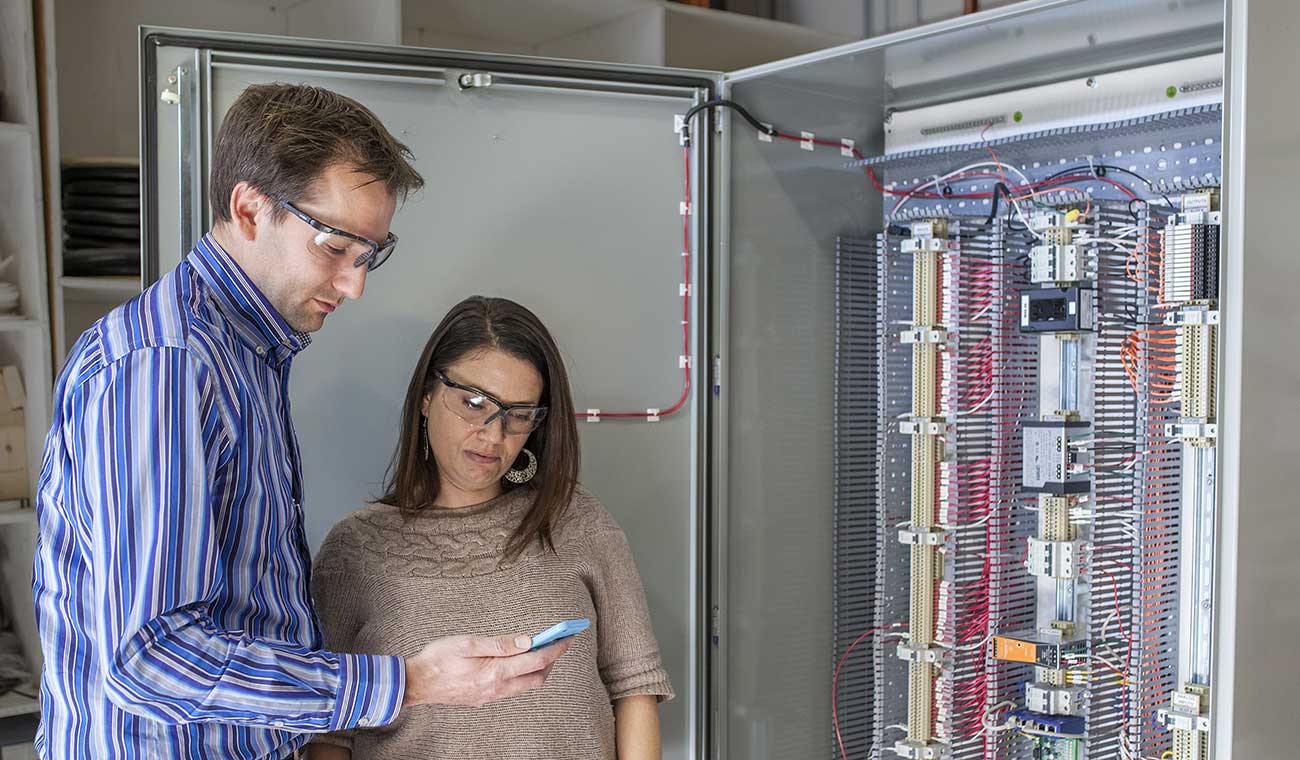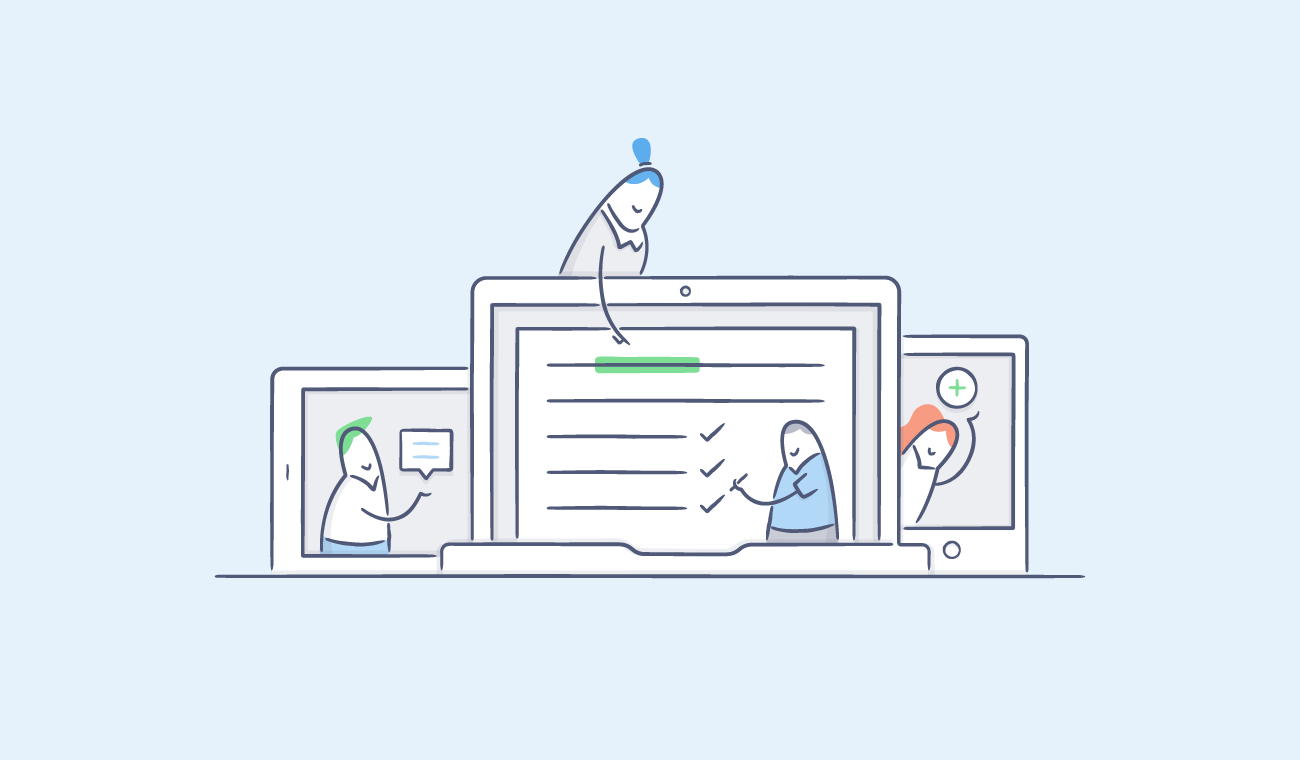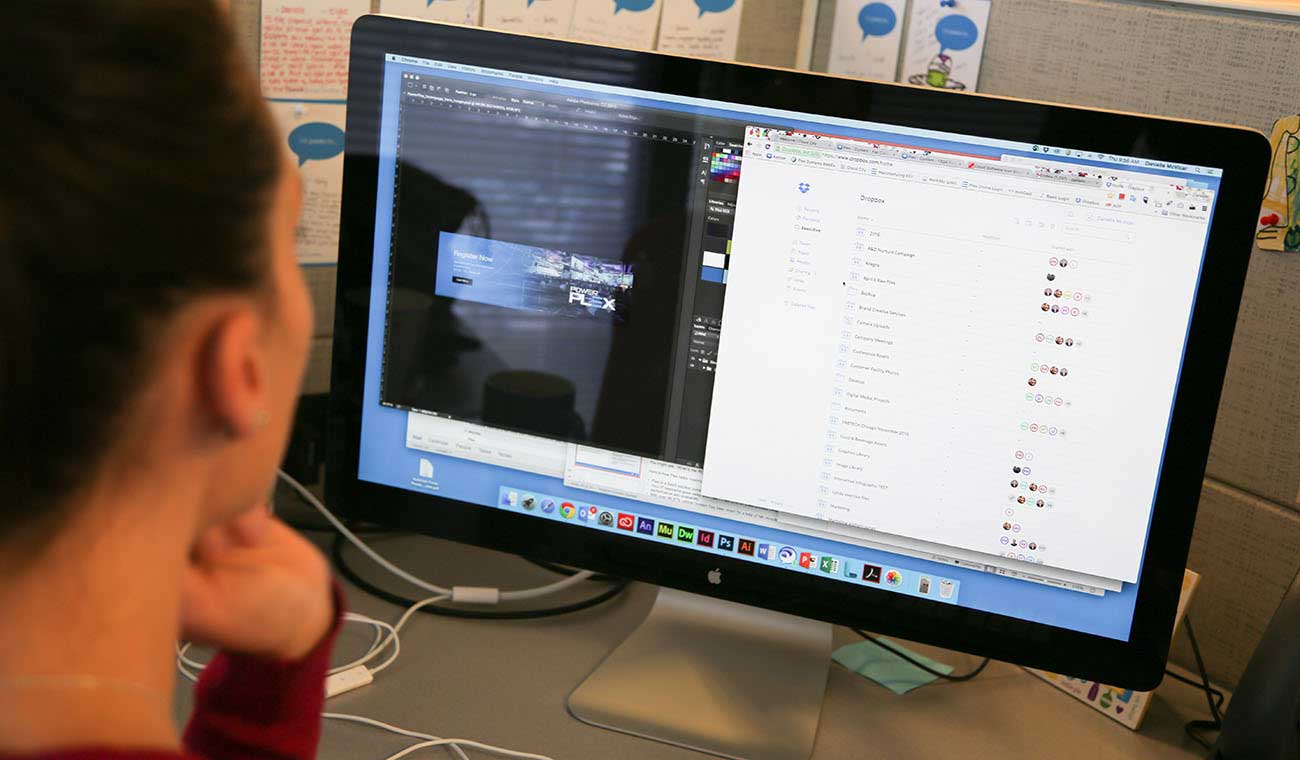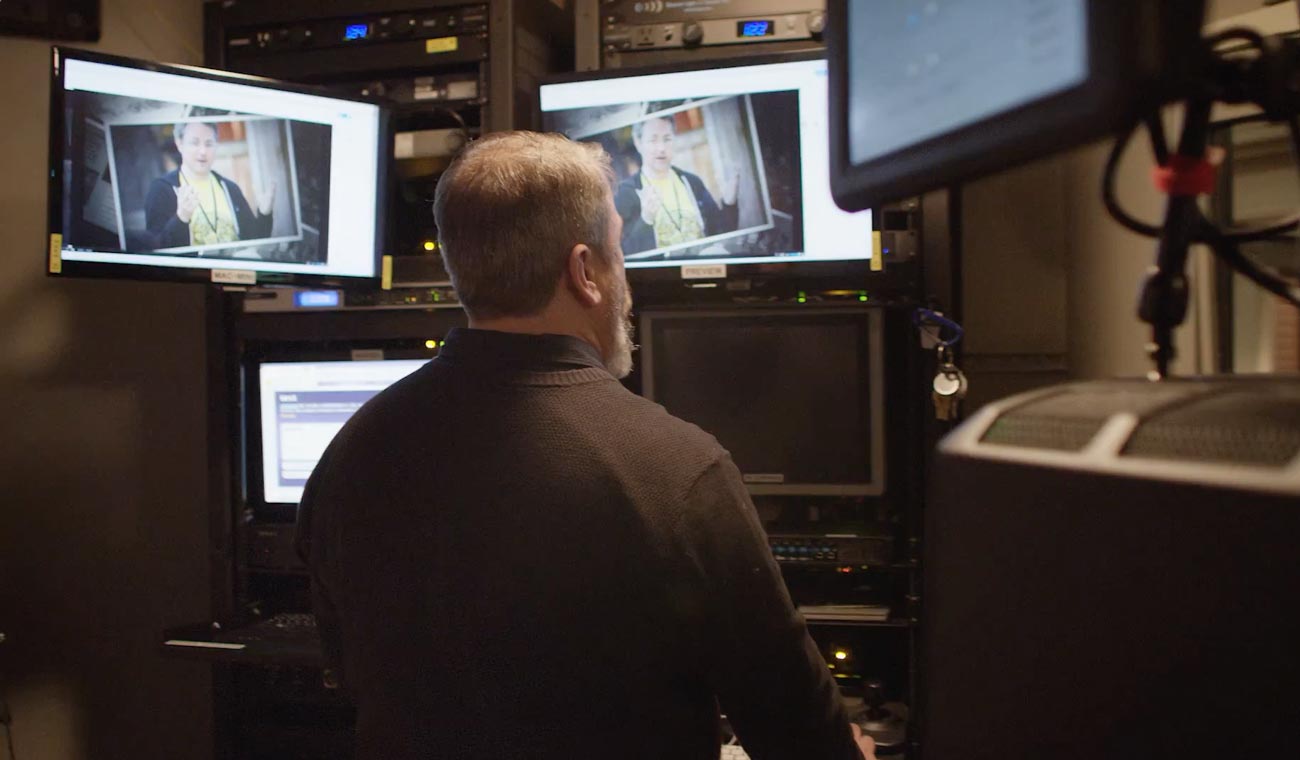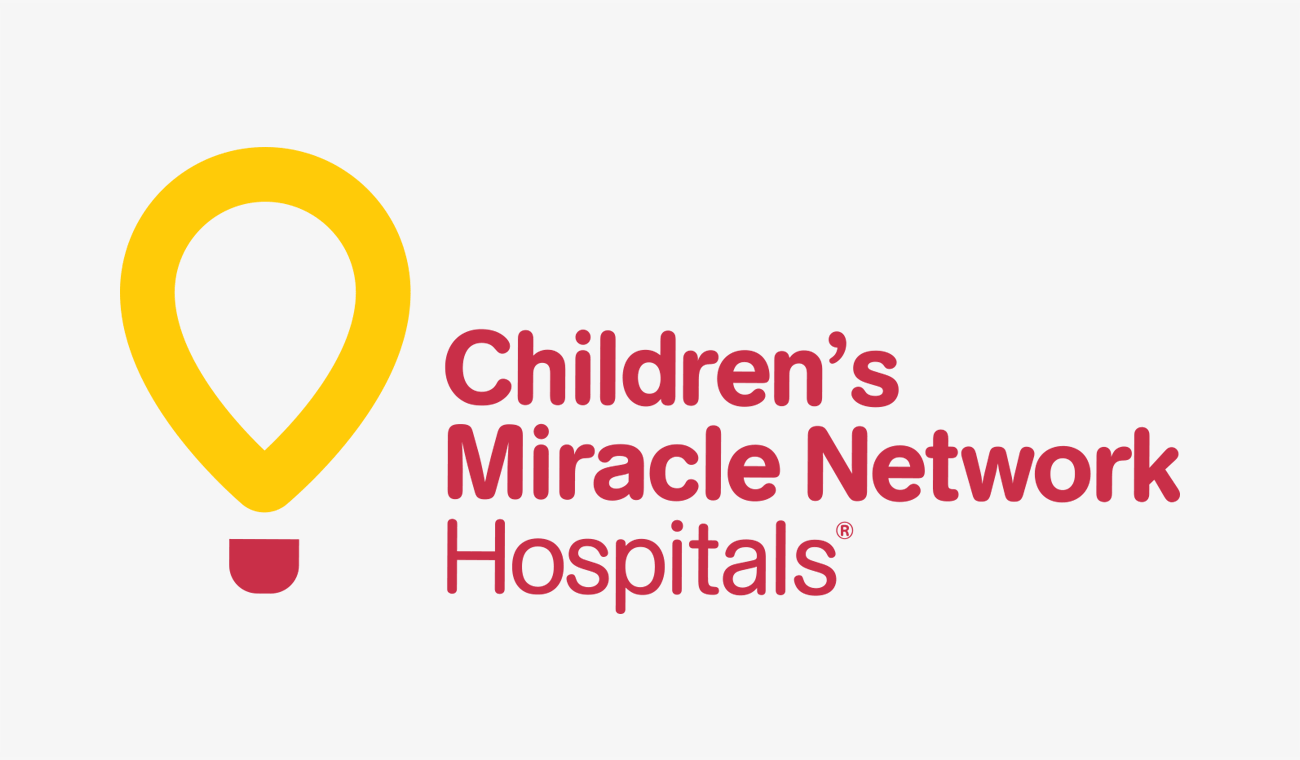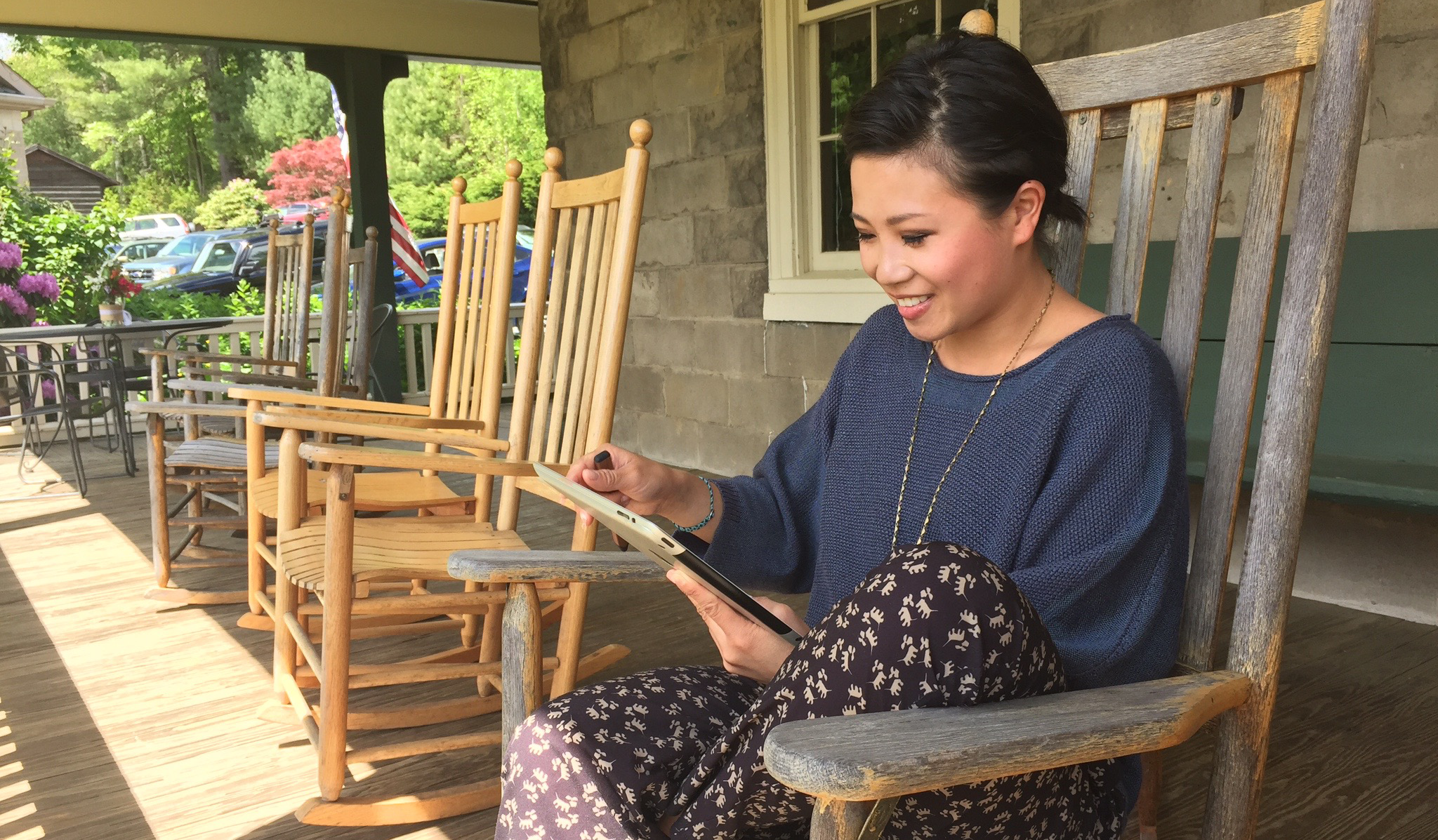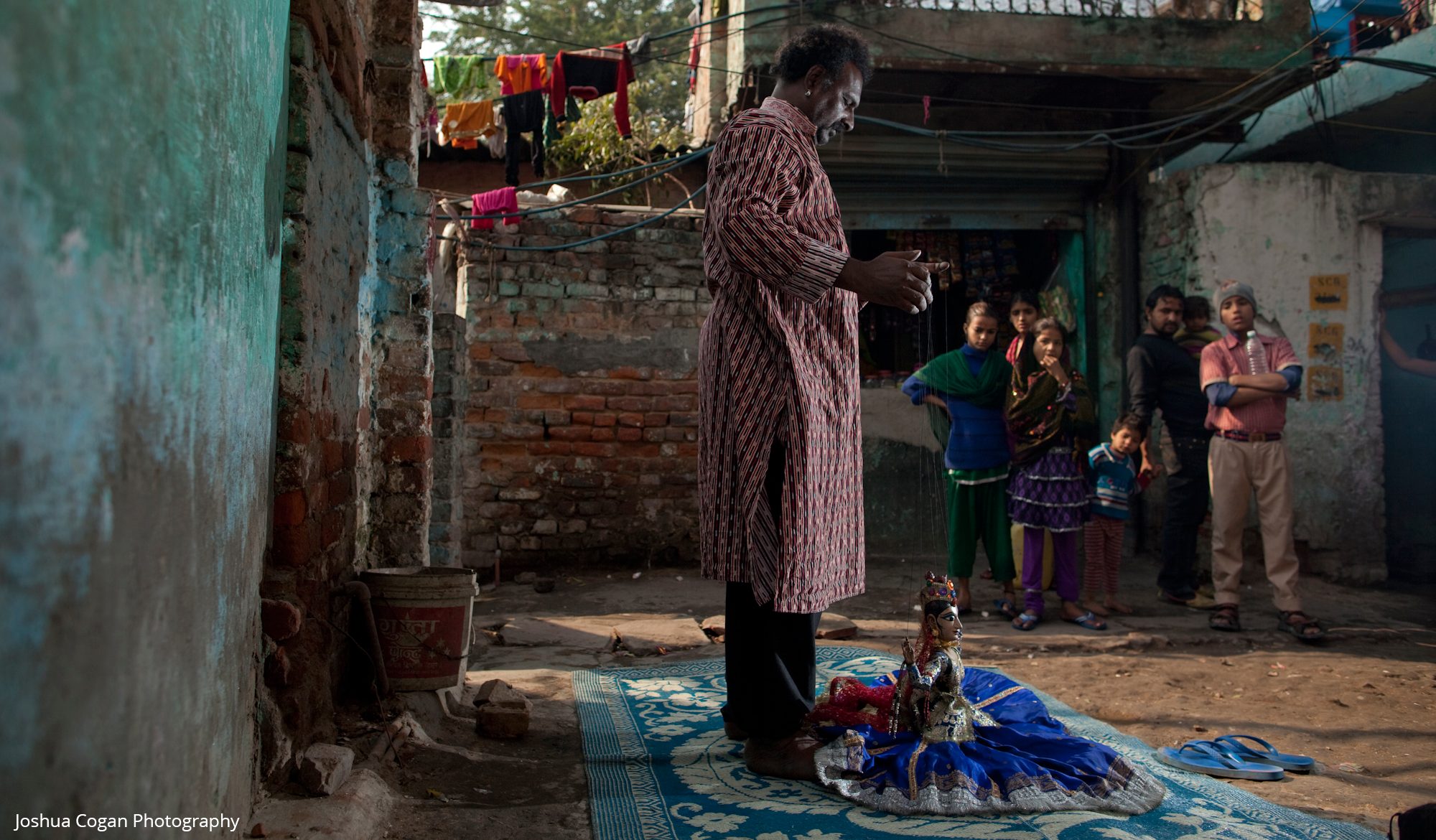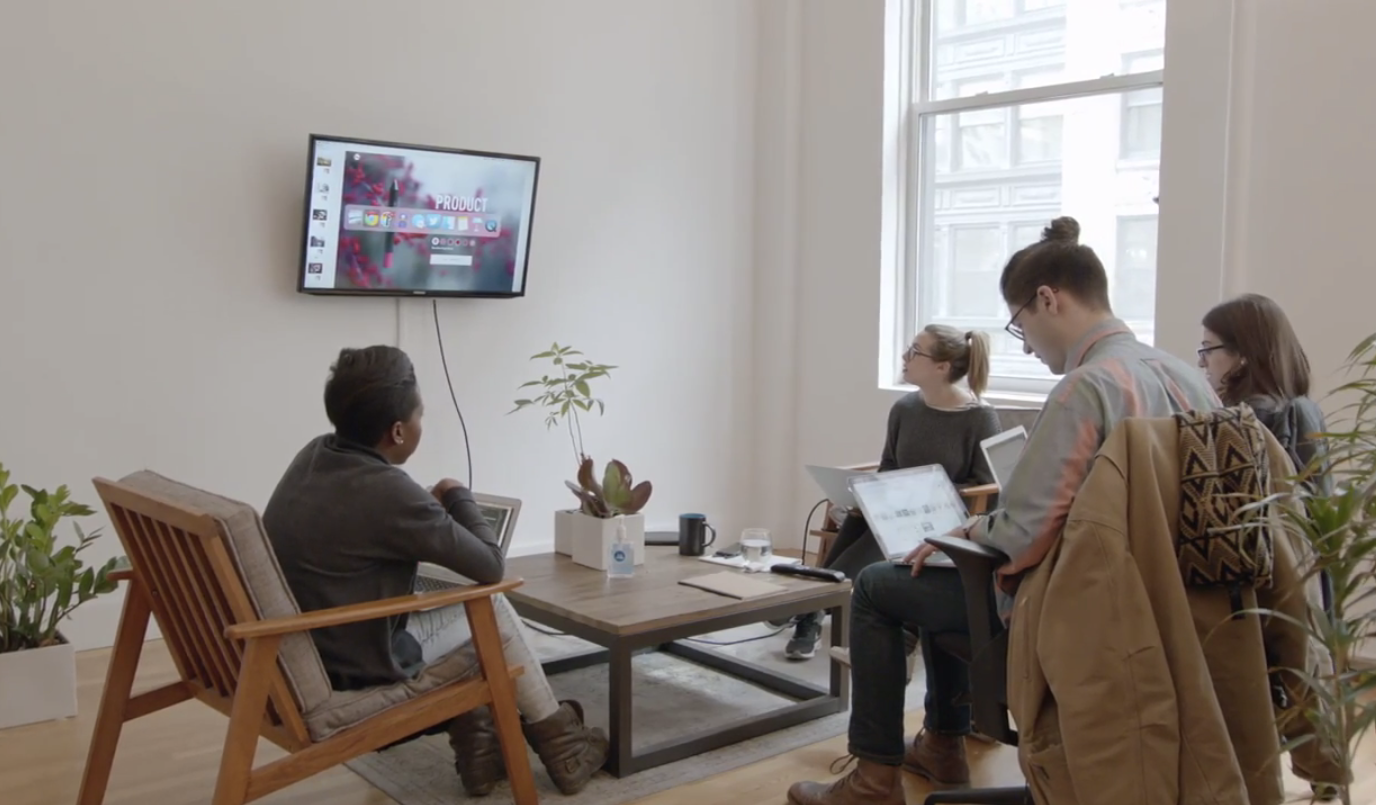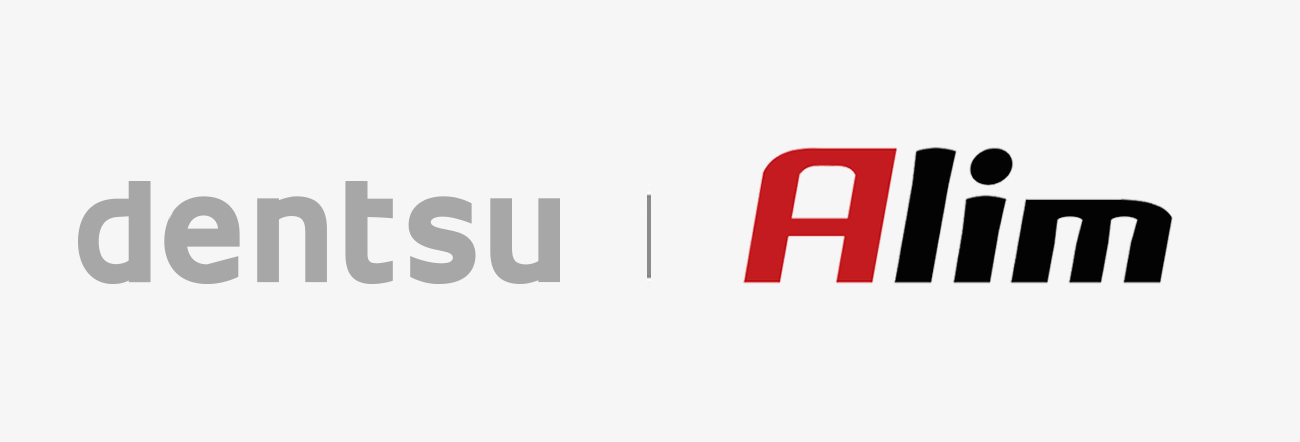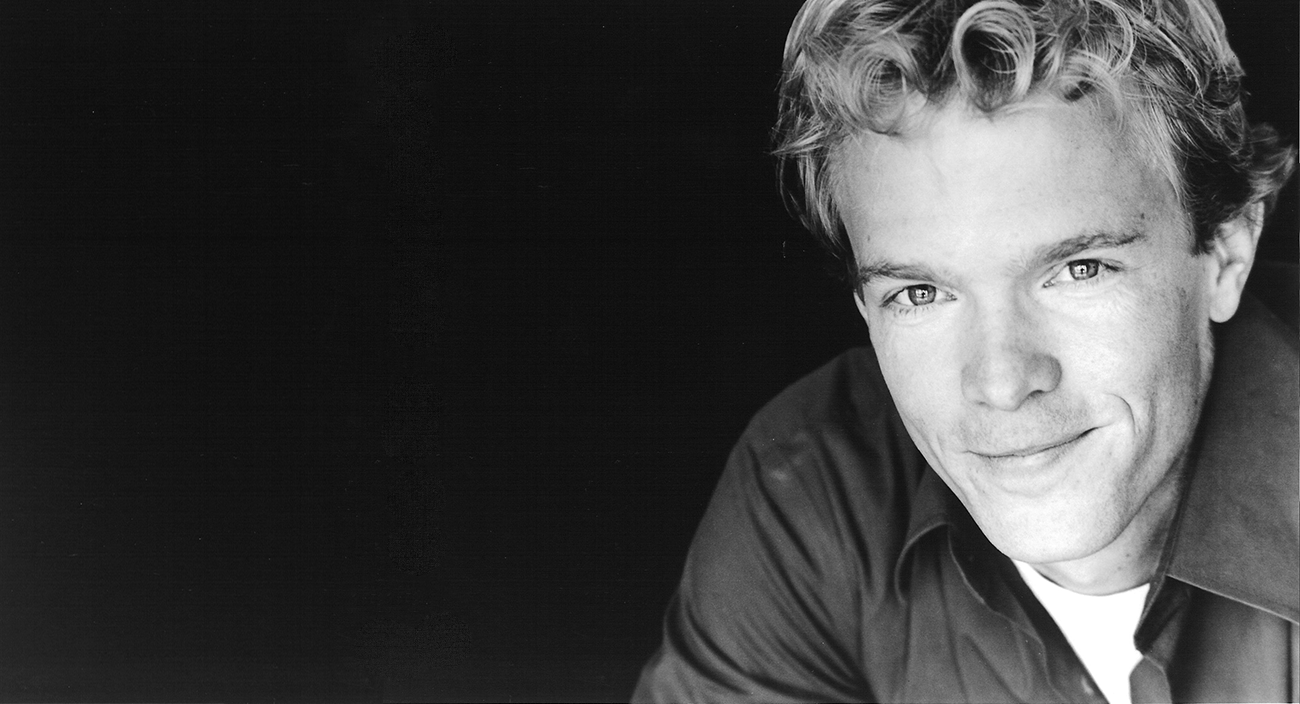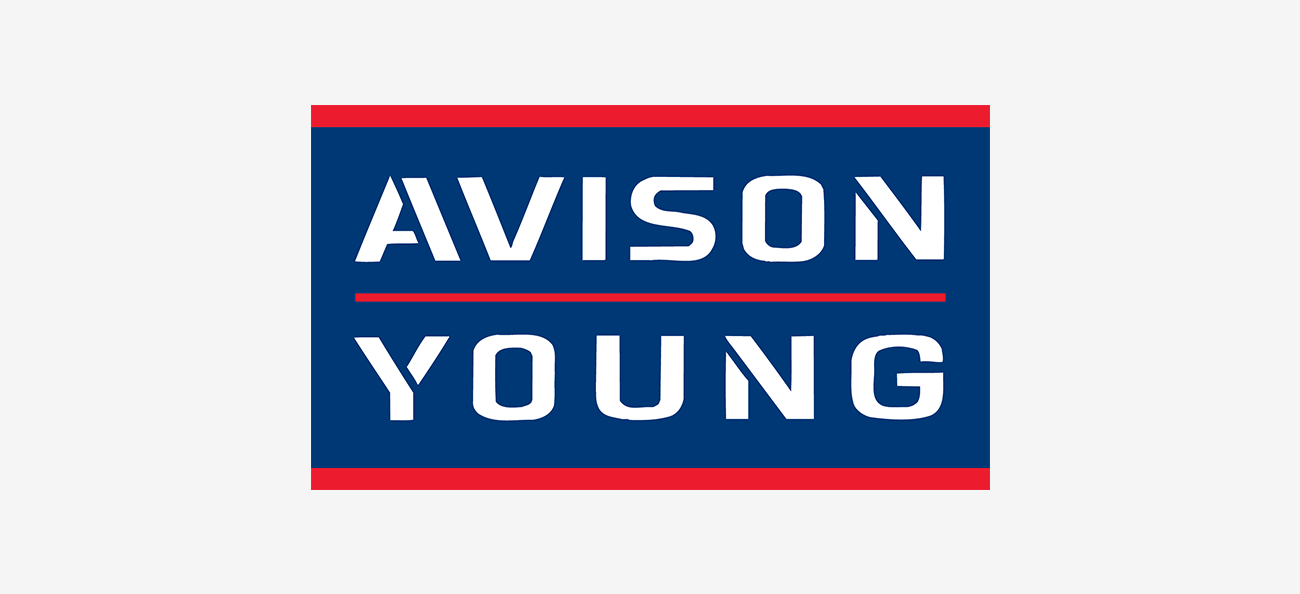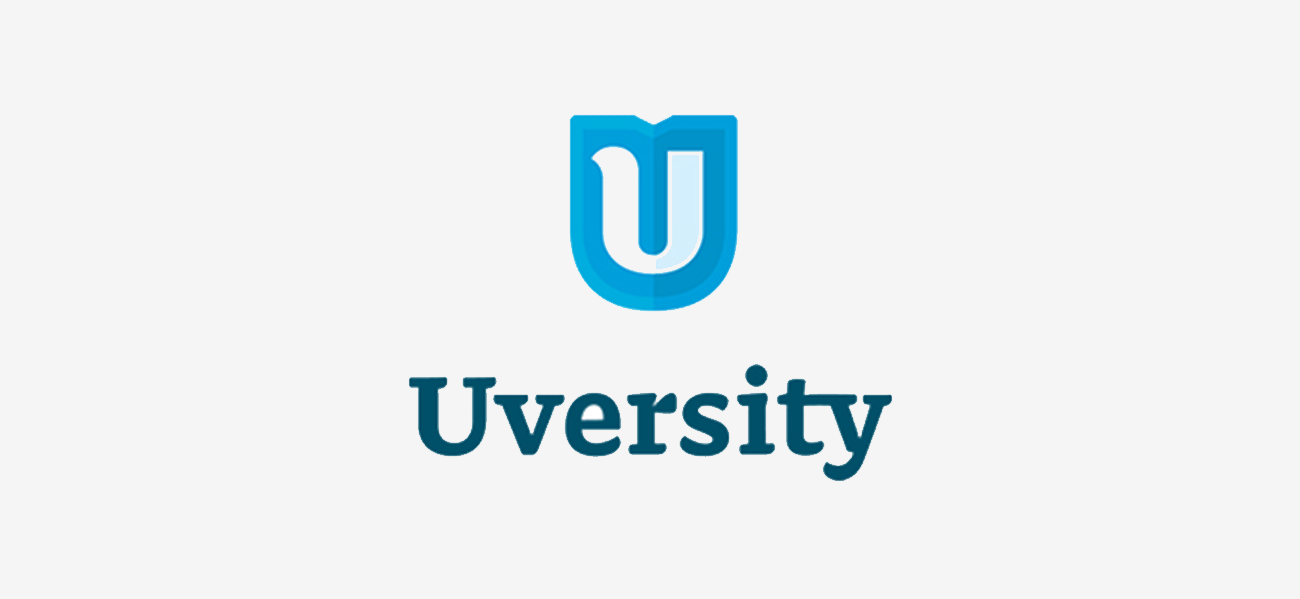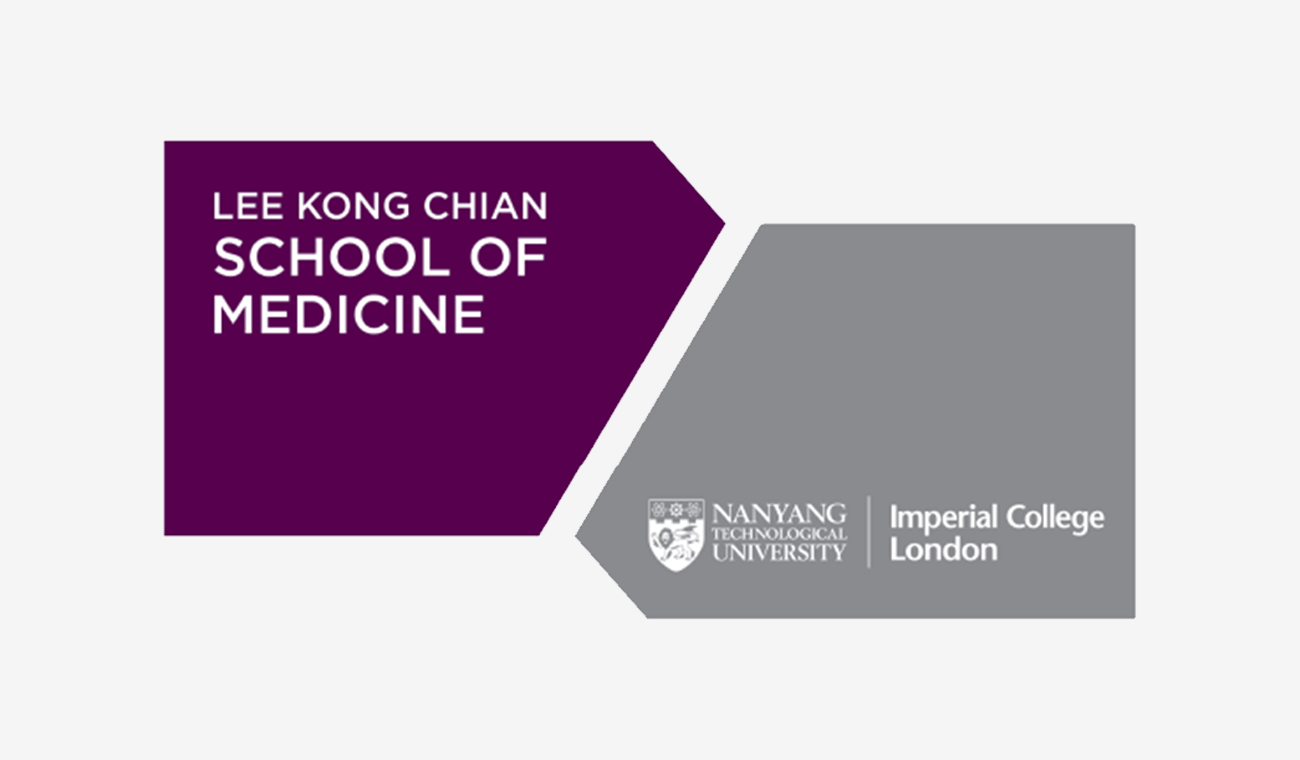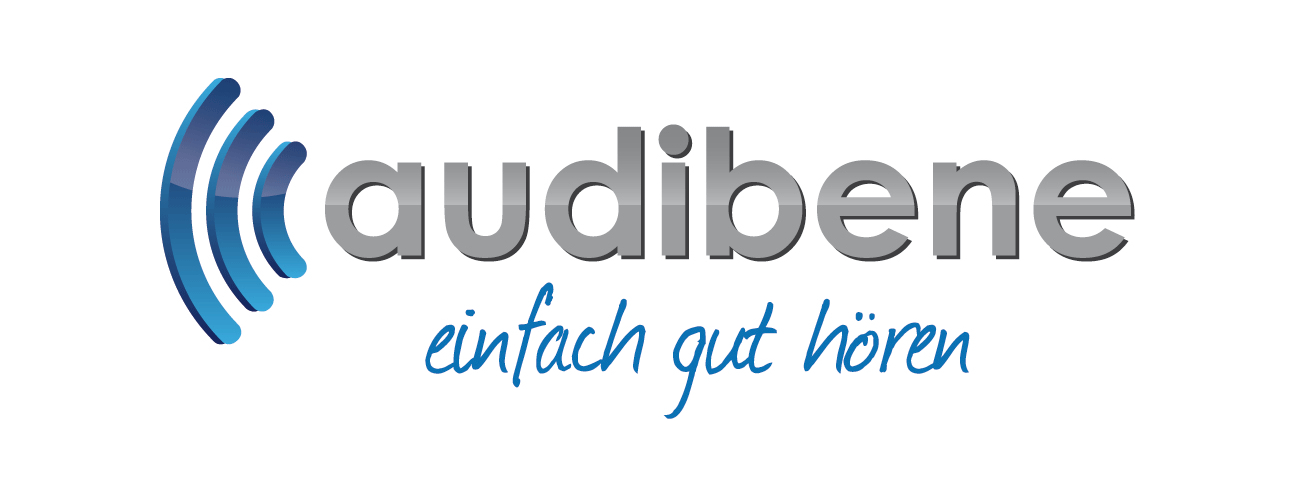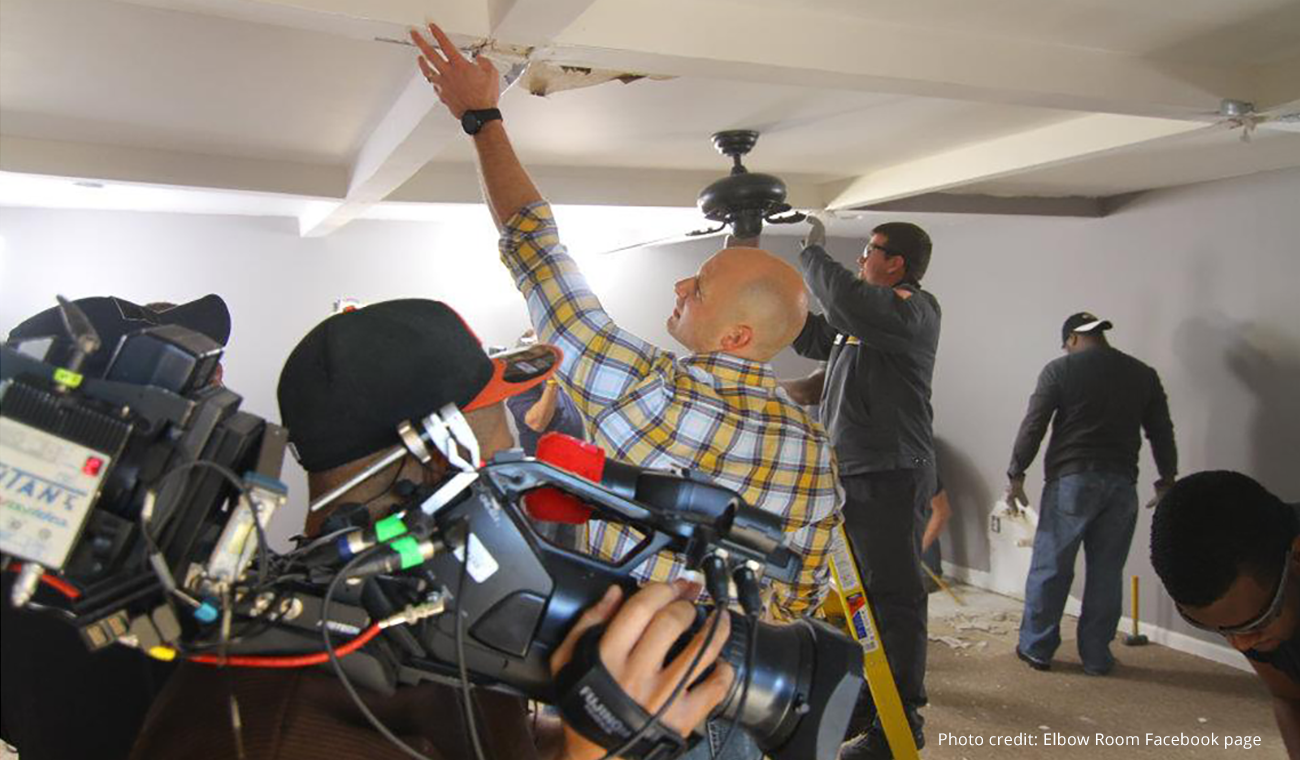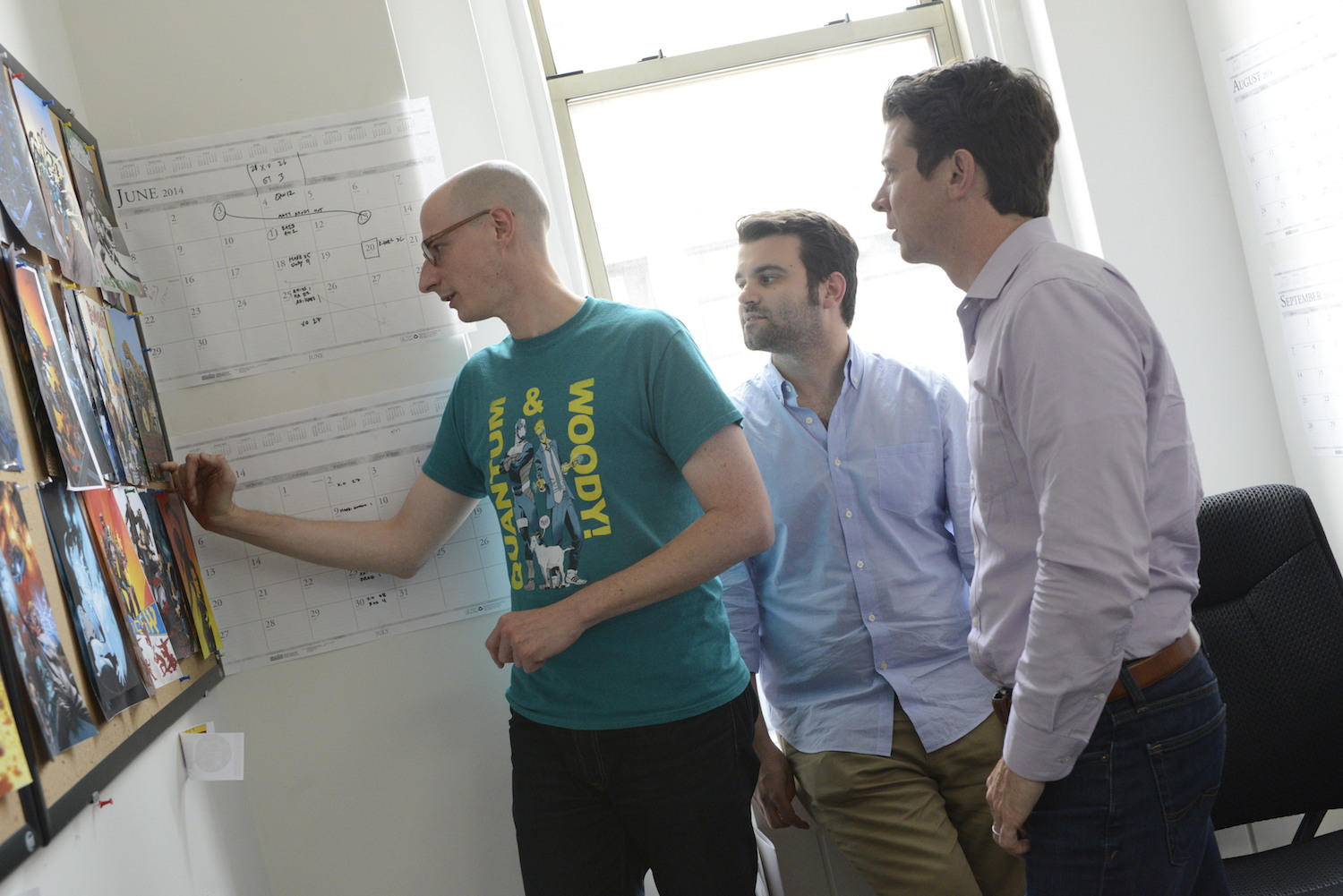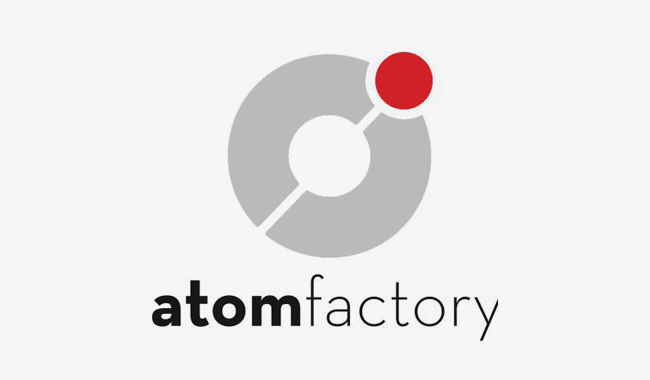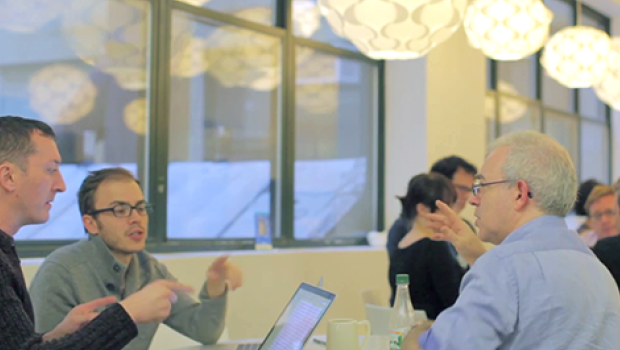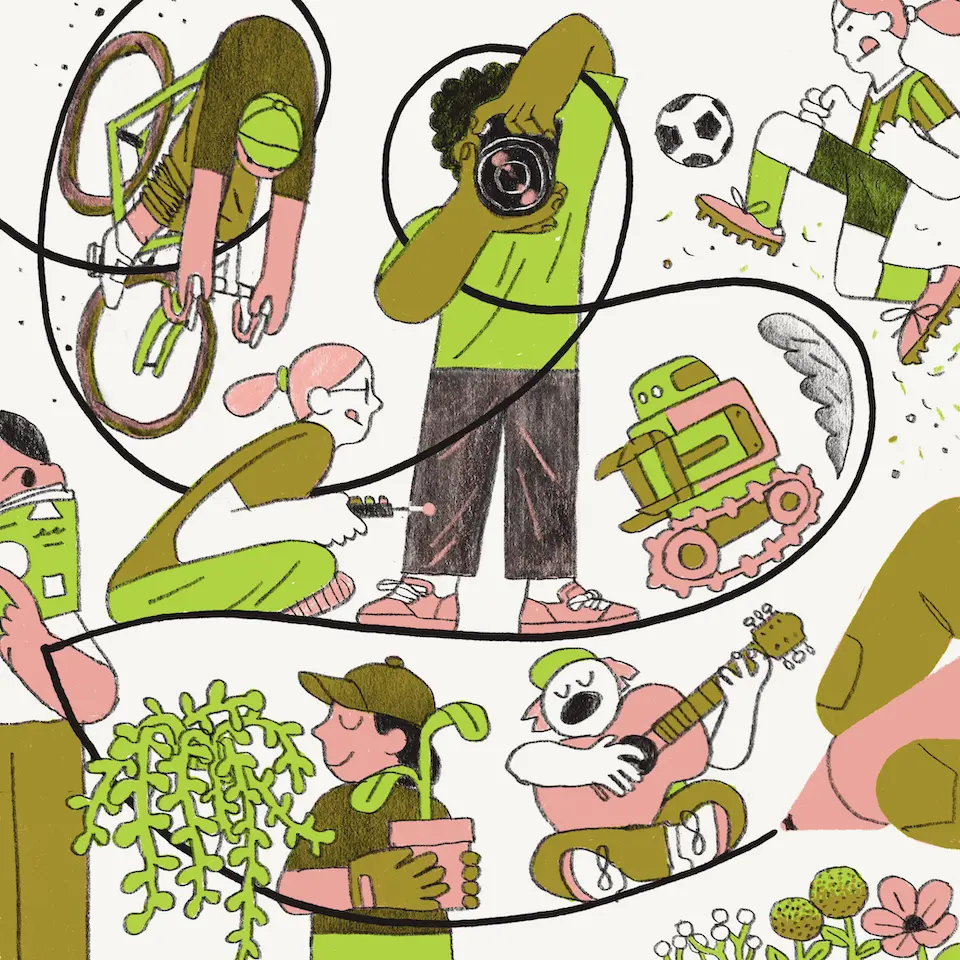
Prime Time Palm Beach County uses Dropbox Sign to automate the boring stuff and bring afterschool fun to thousands of kids.
When the bell rang after your last class at school, where did you go? Did you head somewhere to hang out and play sports? Ride your bike until you were called home for dinner? Stay in your room feeling restless and bored?
Those hours after school but before bedtime are considered “prime time” for school-age youth because that’s when they have the most opportunity to learn skills they wouldn’t in an ordinary classroom.
“Most of the time, people think of afterschool as babysitting, just an extension of the day where children are being watched,” says Paola Cedeno, Data and Events Manager at Prime Time Palm Beach County. “But it's so much more than that.”
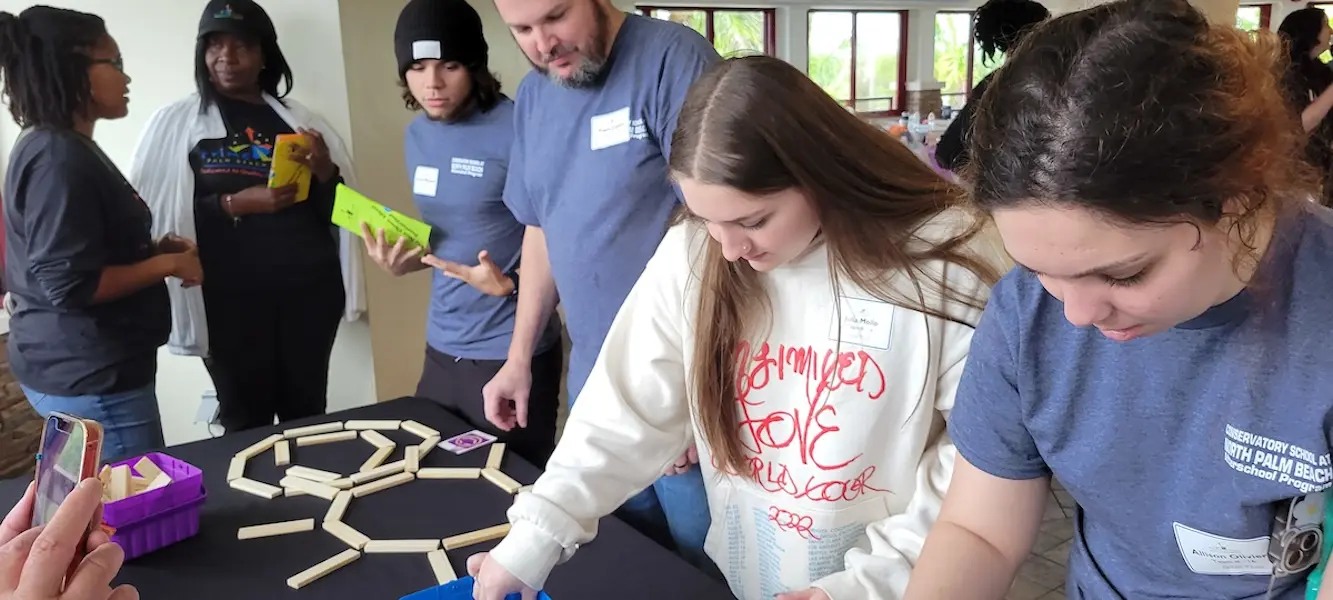
Over a century ago, as families migrated to cities during the Industrial Revolution, children of working parents were left with a gap in their day. Soon, settlement houses, community schools, playgrounds, and organizations like the YMCA and Boys & Girls Clubs of America were established to give unsupervised kids somewhere to go.
Federally funded Community Learning Centers also helped, but as the Afterschool Alliance points out, they face threats of funding cuts nearly every year. That’s why organizations like Prime Time are so vital, especially for lower-income families.
With the support of its funders, the Florida-based nonprofit has partnered with science centers, zoos, chefs, artists, and more to develop fun, interactive afterschool and summer programs. In fact, between October 2022 and September 2023, Prime Time youth providers offered 242,665 learning experiences that impacted more than 35,000 youth.
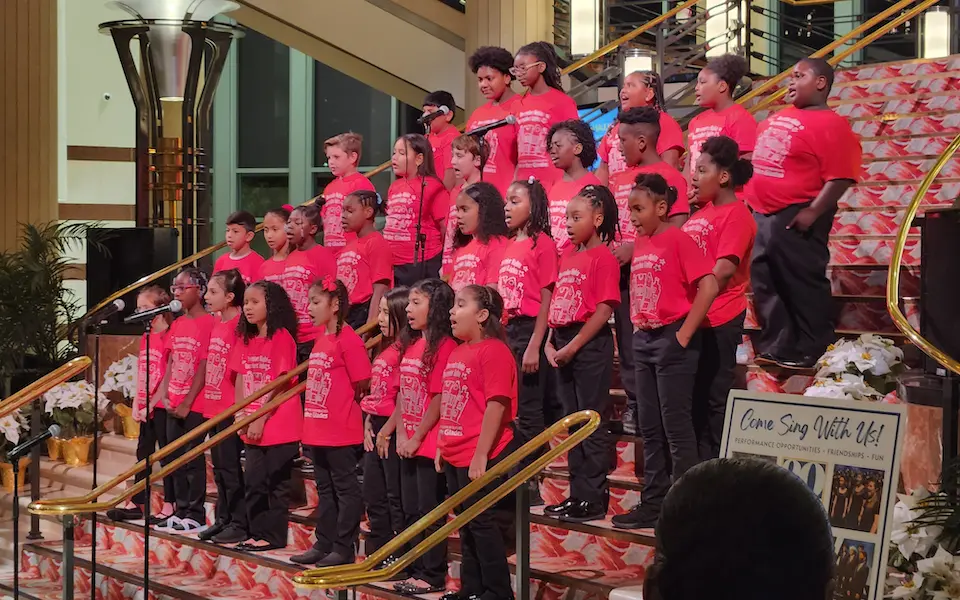
And the more partners they have, the more opportunities they’re able to offer. That’s why Prime Time organizes networking events and sends out requests for proposals (RFPs) to hear pitches for new programs they could support. But going back and forth over contracts for partnerships and events can be extremely time consuming.
“Before, we would have to wait for someone to come to our office and sign a contract,” Cedeno recalls. “Or we’d send the person physical contracts with a sticky note that says ‘Sign here and return with a return envelope.’ In the past, one of our directors would have to try to get 140 people to sign an MOU [memorandum of understanding] in person.”
So the team at Prime Time switched from DocuSign to Dropbox Sign for sending out MOUs, RFPs, and W-9 forms.
“Now they're just a template in Sign,” says Cedeno. “It just makes everything so easy.”

Prime Time switched to Dropbox Sign for sending out MOUs, RFPs, and W-9 forms. “It just makes everything so easy,” says Cedeno.
As someone who gets a small thrill out of finding efficiencies, Cedeno especially appreciates how Sign automates the tedious task of sending reminders every two days until the person signs.
“We're able to do things so quickly because we're spending less time on the minutiae of little things we’ve done in the past with paper,” Cedeno explains. “It’s becoming a seamless process that allows us to focus on more important things: the offerings.”
These include out-of-school-time programs that give kids access to virtual and in-person classes where they learn theater, origami, silk painting, cooking, even dance.
“In July, one of our partners does what's called Jamathon,” says Cedeno. “It's like a dance festival. They'll have about 3,000 kids come out.”
As a former latchkey kid herself, Cedeno knows the value of those offerings because she remembers how it felt to have a lot of empty hours between 3:00 and 6:00 p.m.
“My parents are from Ecuador, so I had to teach myself reading and homework,” she recalls. “My dad, he tried, but there was that language barrier. And with only one working parent, there was low income. My mom worked all day at a factory.”
One day, when Paola was around 8 years old, her mom took her to get ballet lessons. “I have such a vivid memory of her saying, ‘Paola, I want so badly to put you in this class, but we can't afford it.’ And I understood, you know? I went home, put on the ballet music, and twirled around the house.”
Now, being able to provide those kinds of opportunities makes her work all the more gratifying.
“A lot of these kids may have parents who can’t help them with their homework or come from a home where their parents are struggling and can't put them in ballet—but they get that taste of cultural arts,” she says. “Some of these kids may find out they absolutely love science and become the next scientist to have a breakthrough. All those things have kept me here since 2005.”
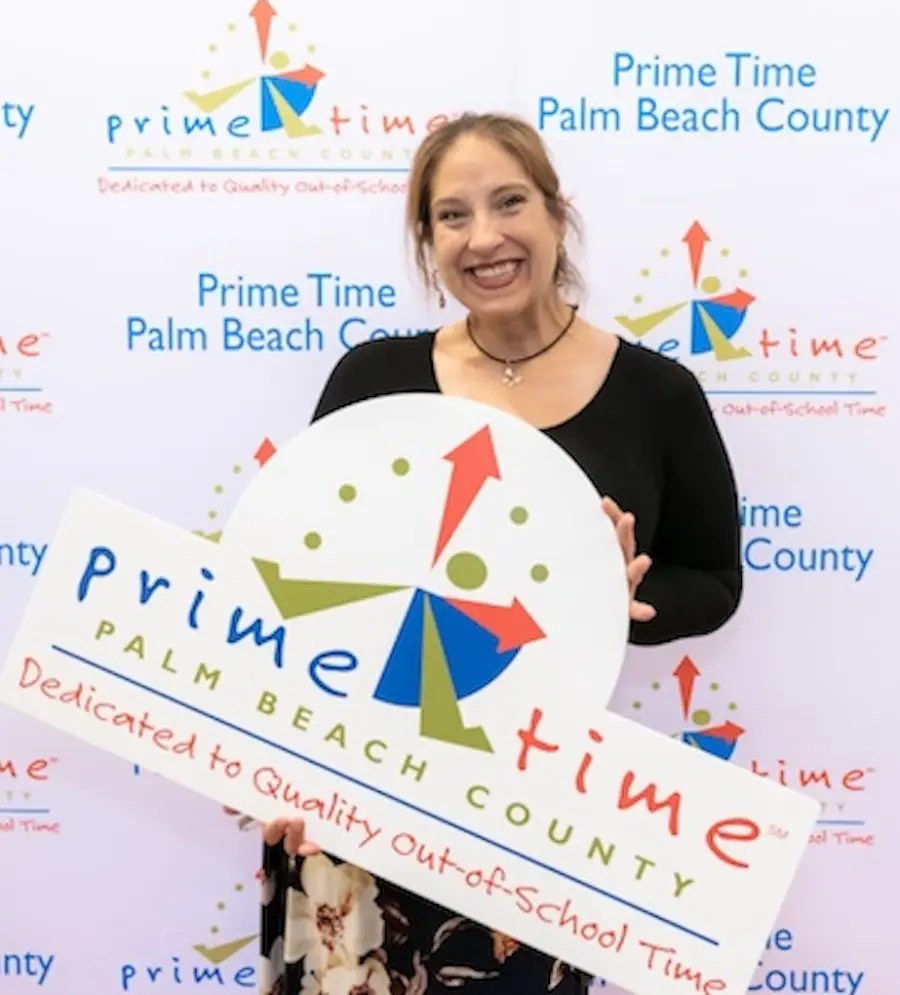

.png/_jcr_content/renditions/hero_square%20(2).webp)

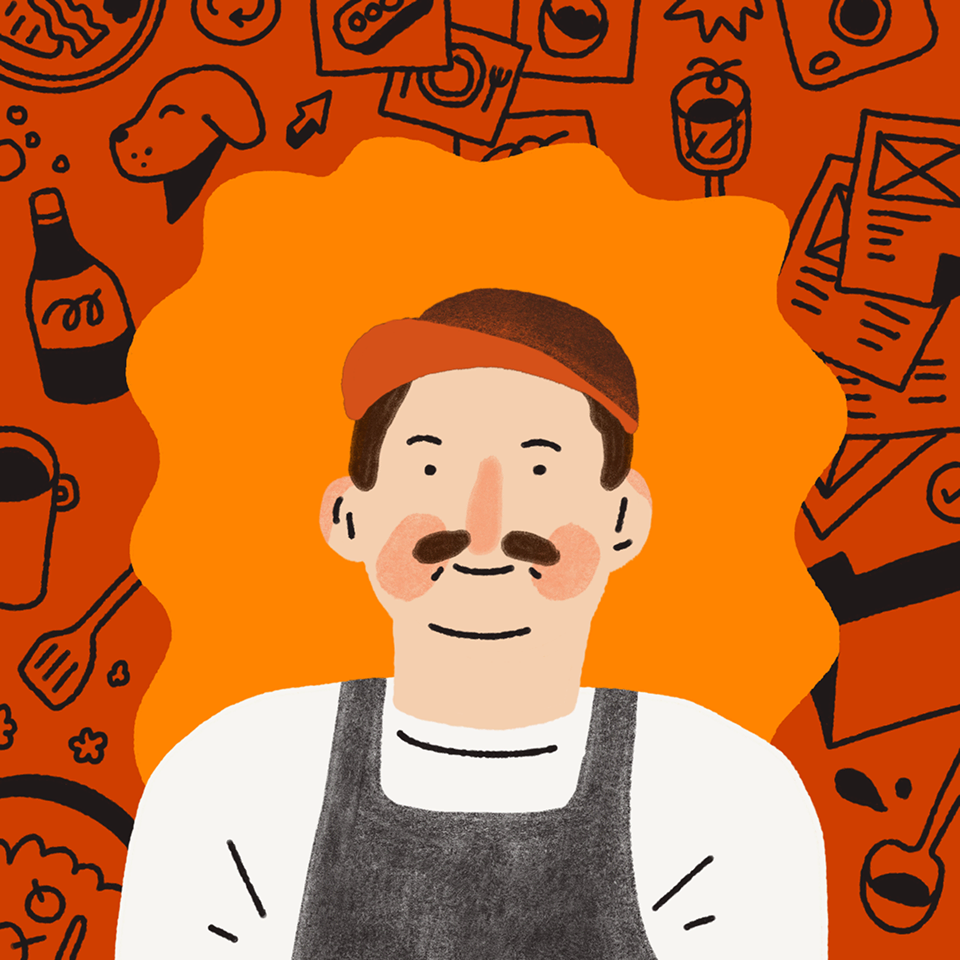





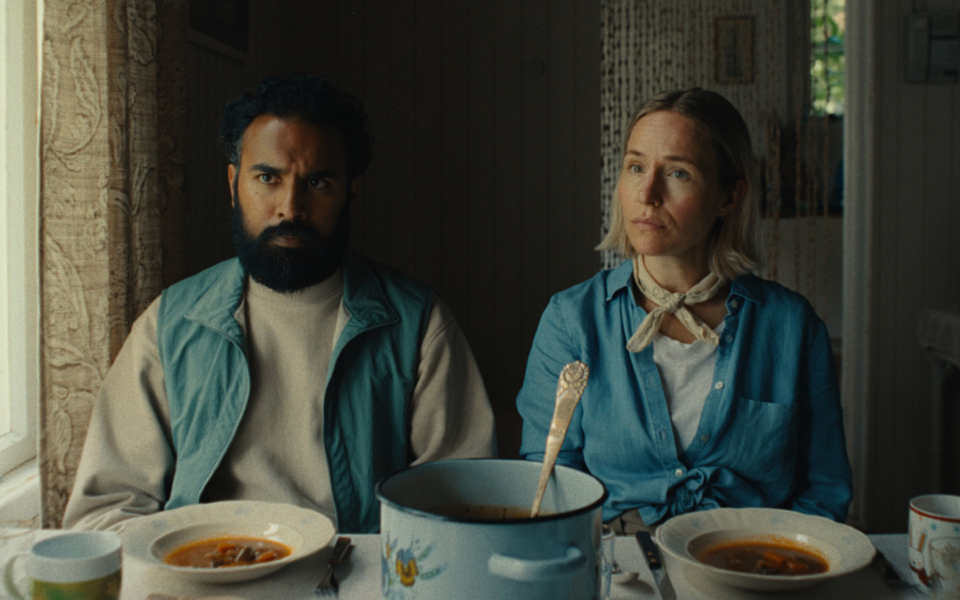
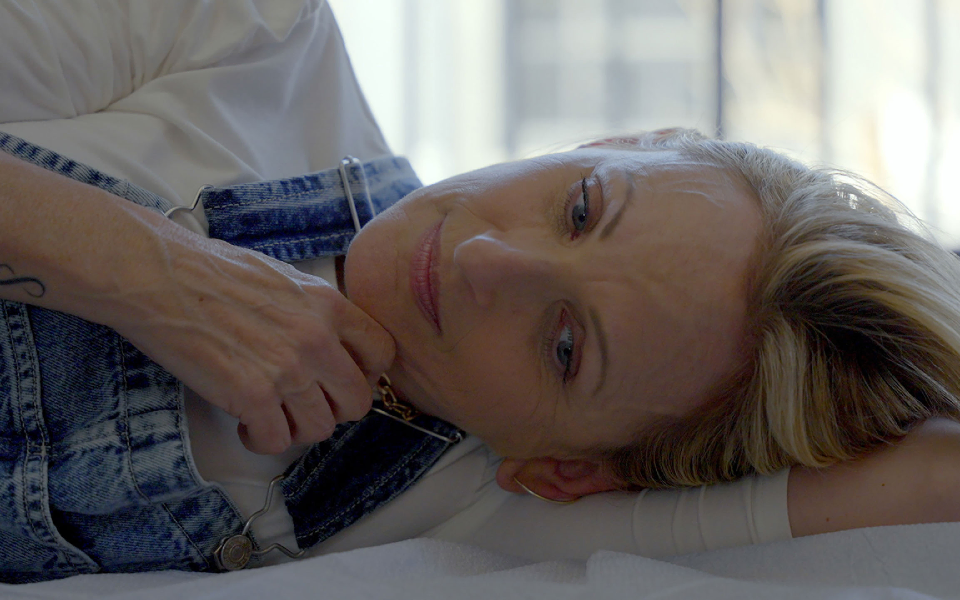





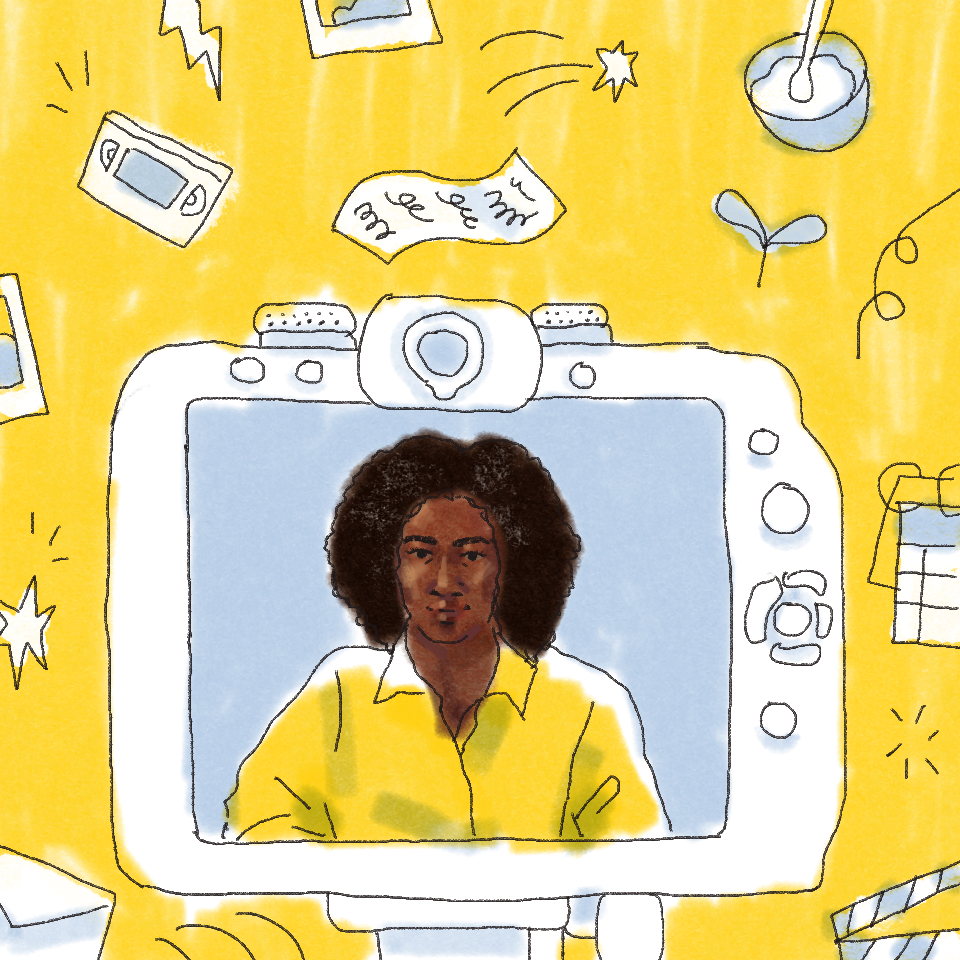
.jpg/_jcr_content/renditions/1200x628%20(5).webp)

